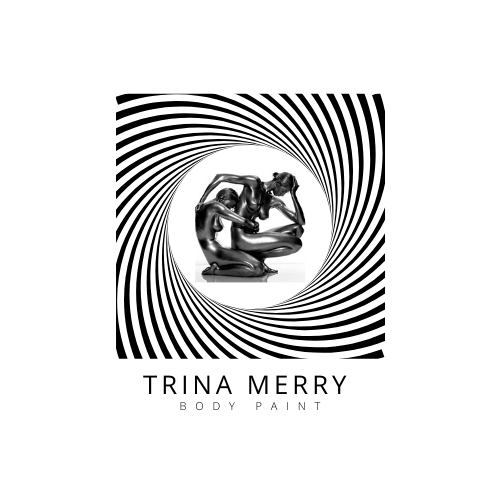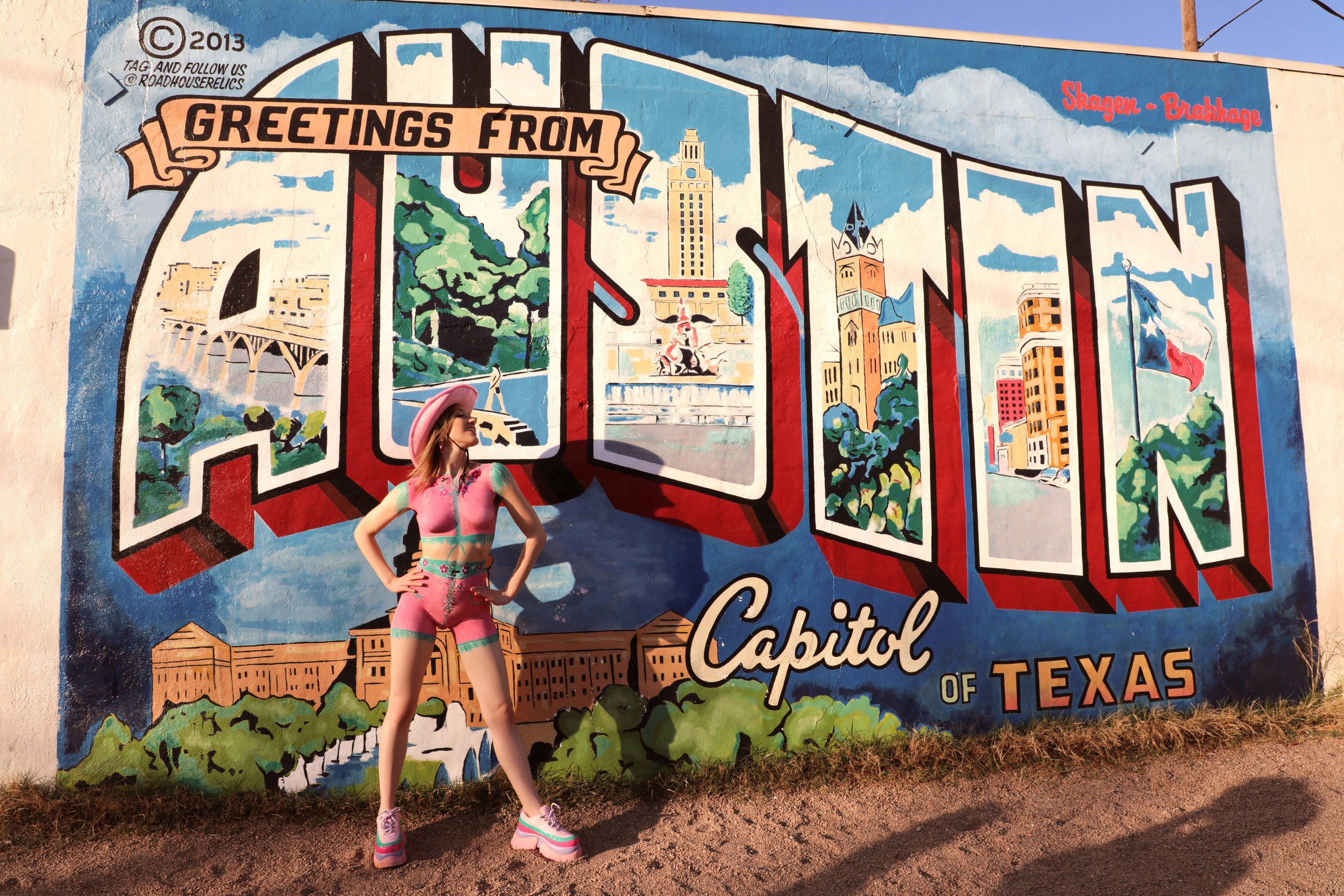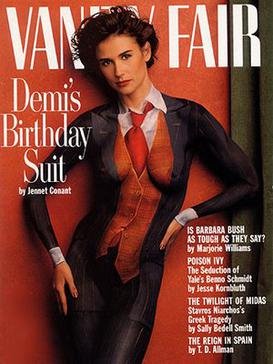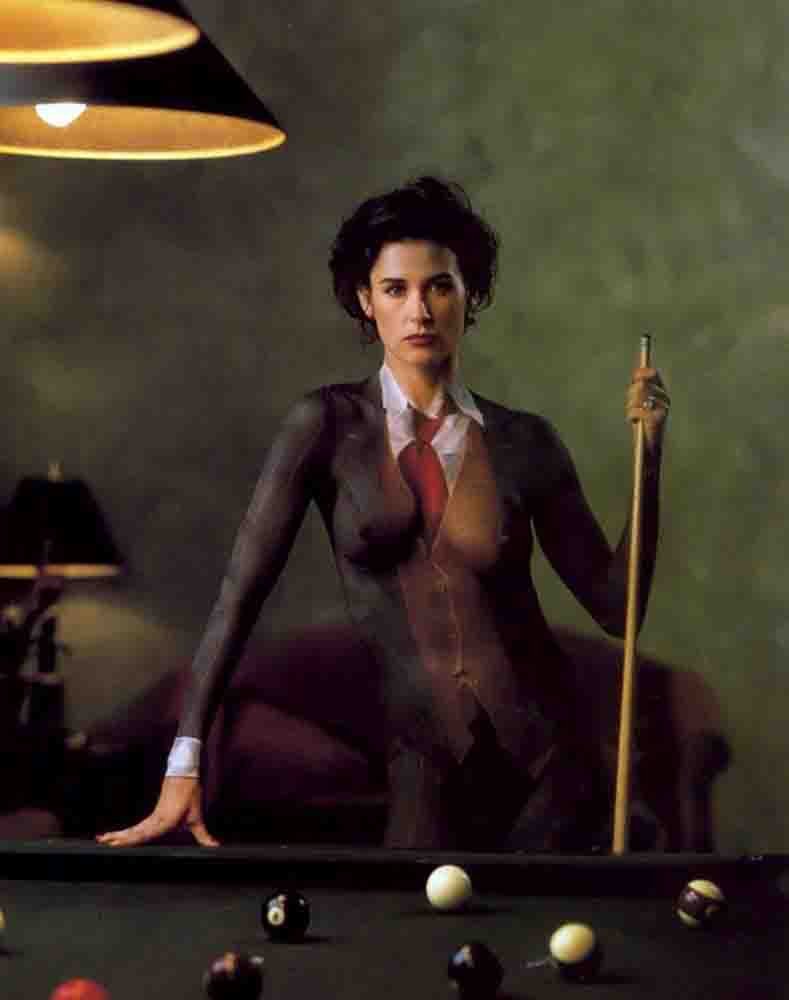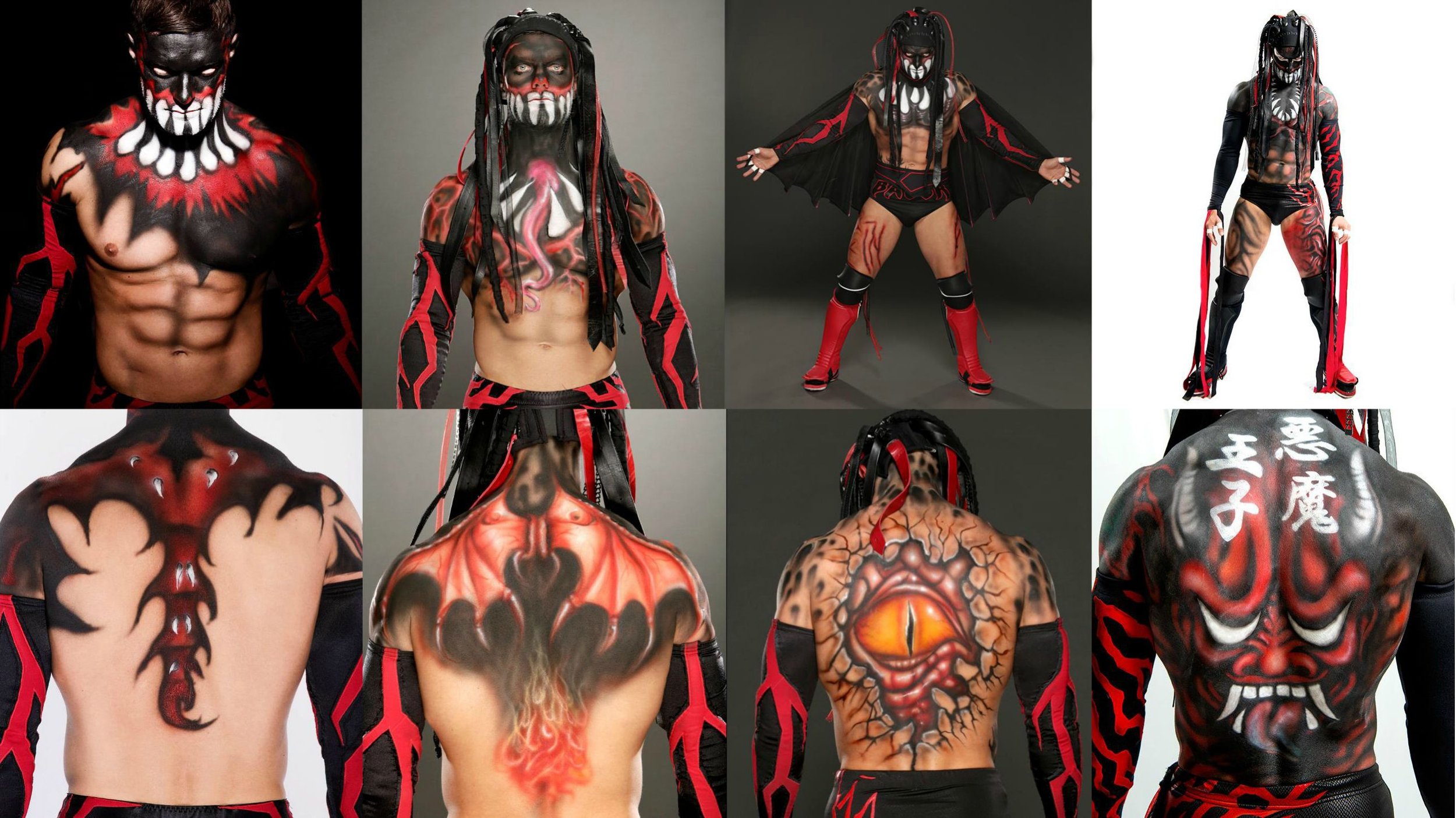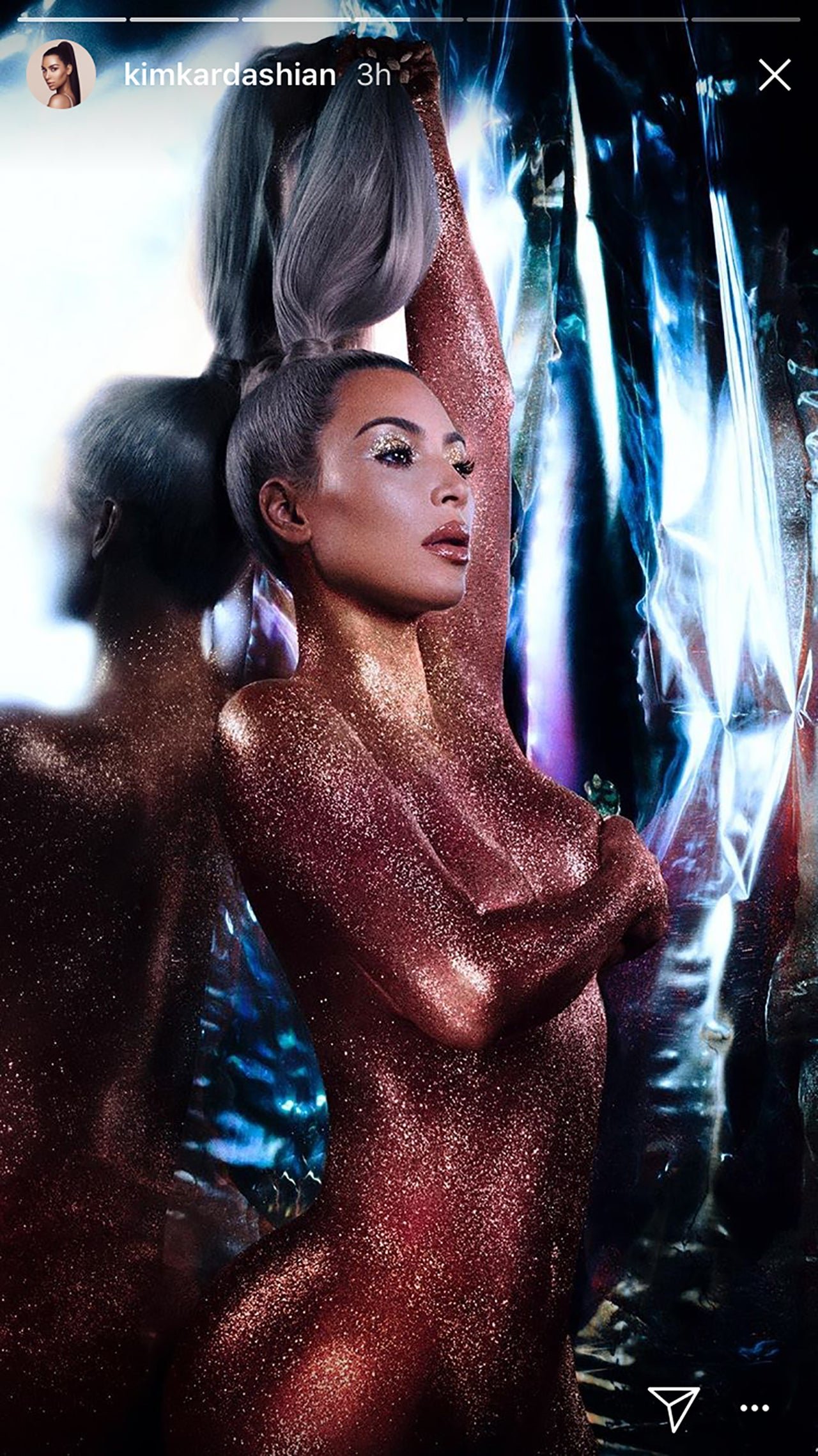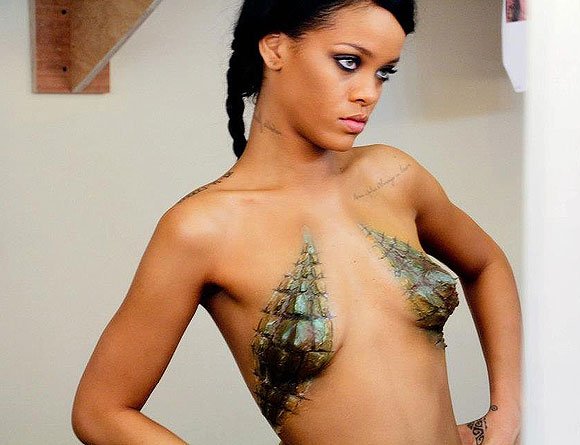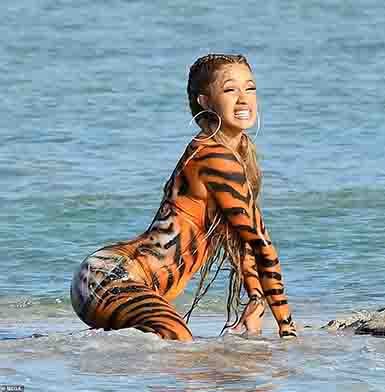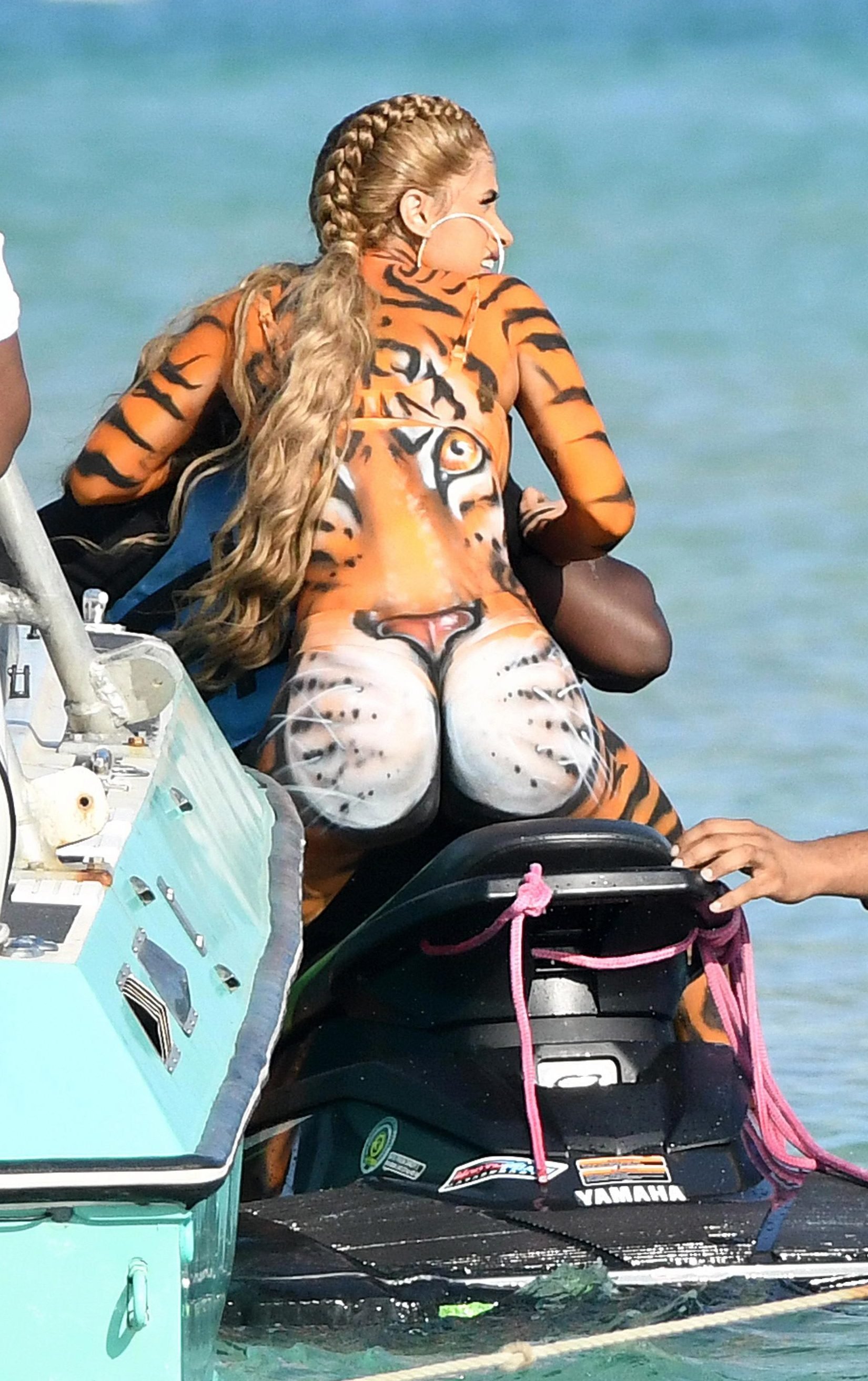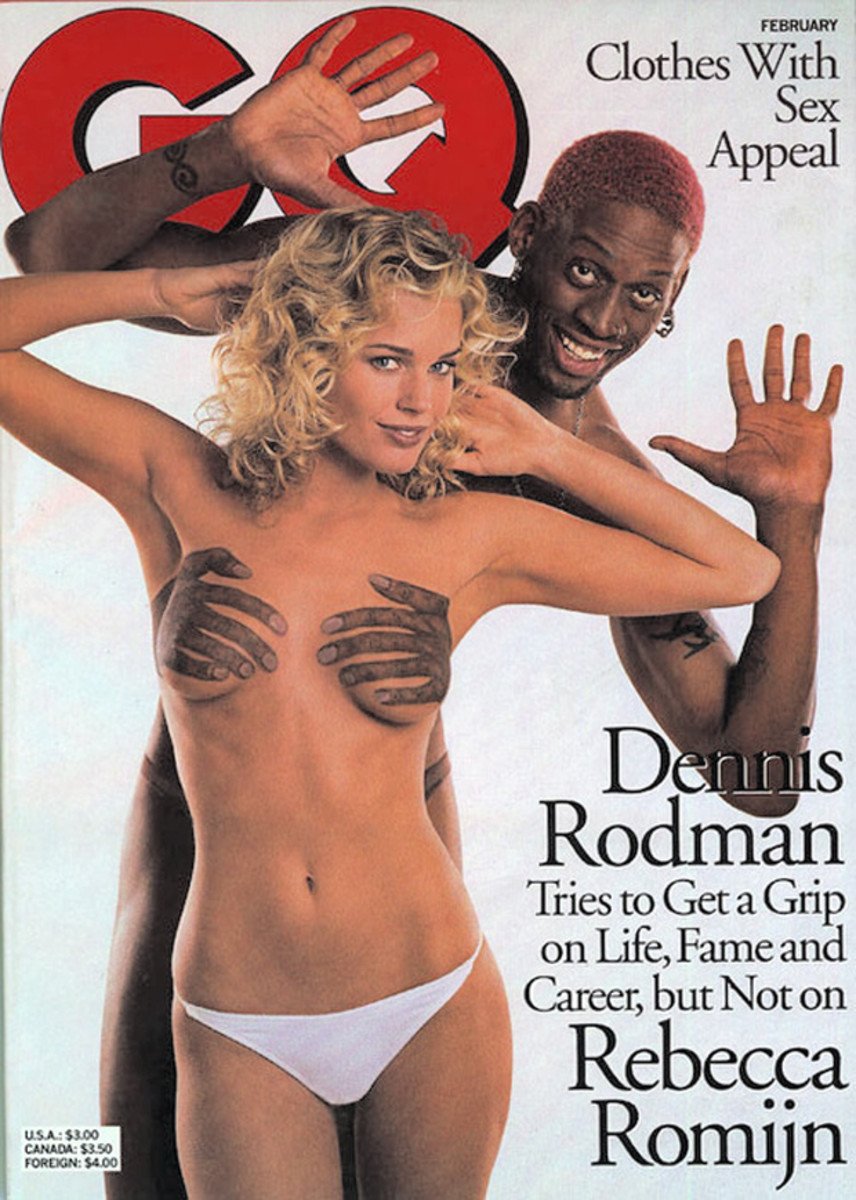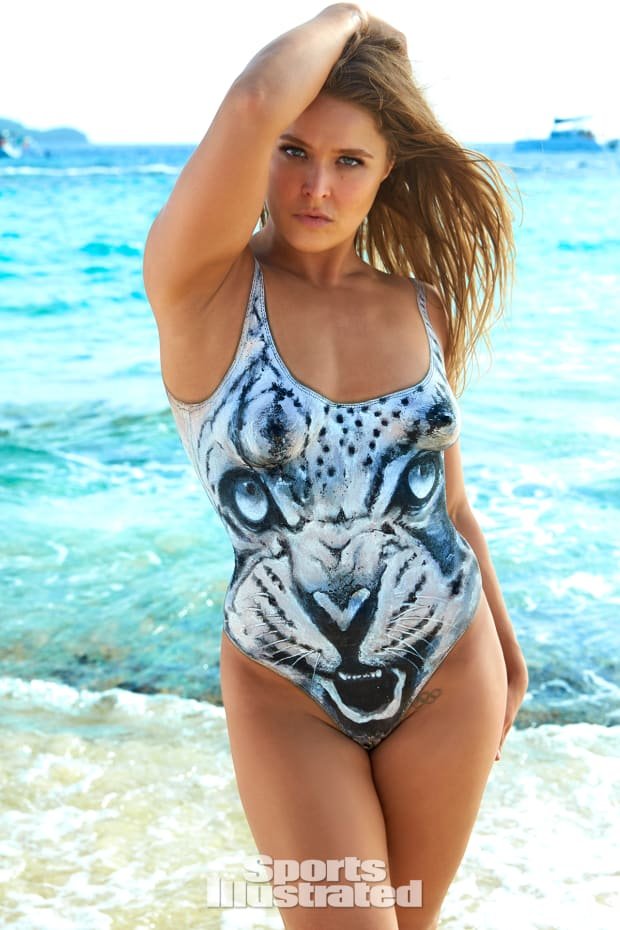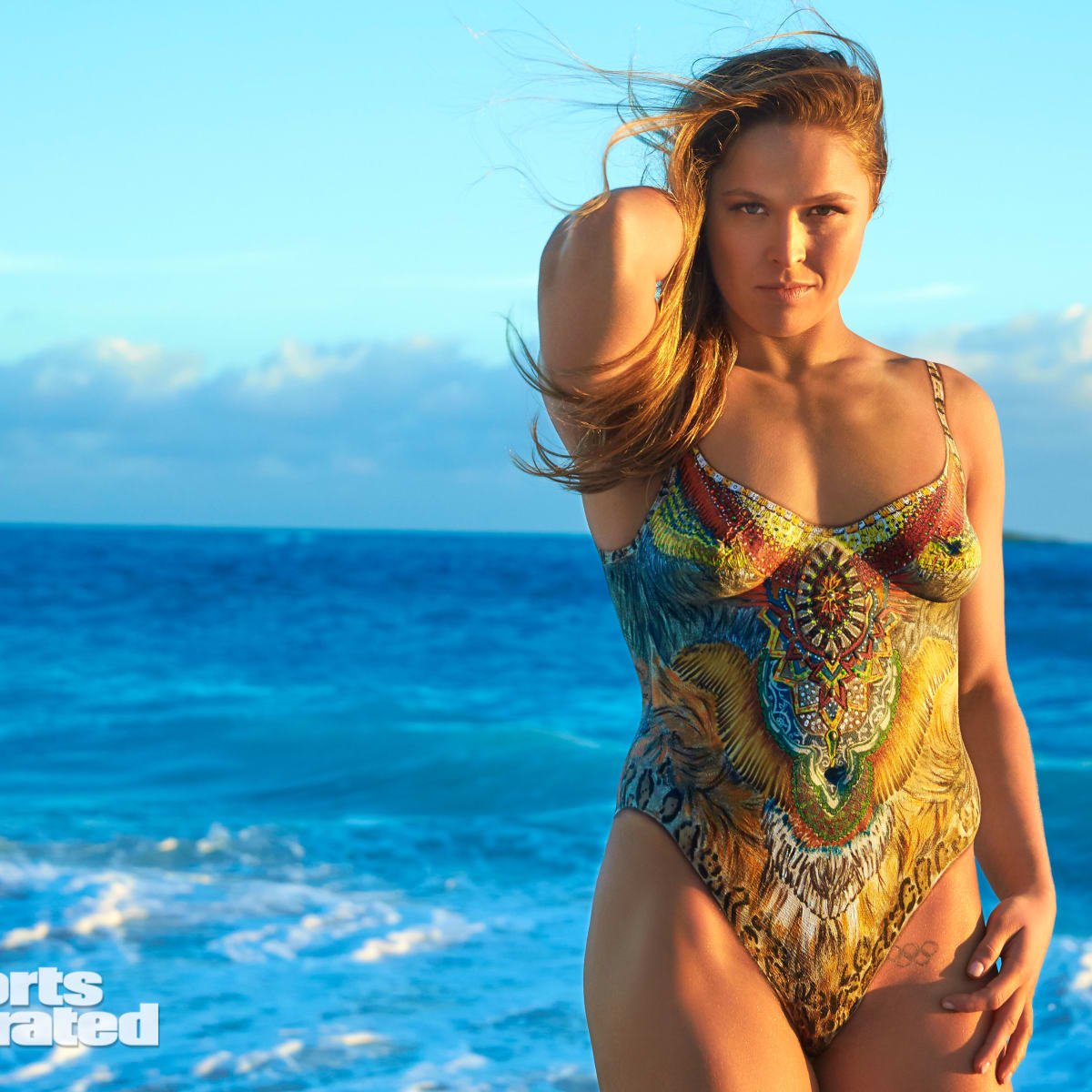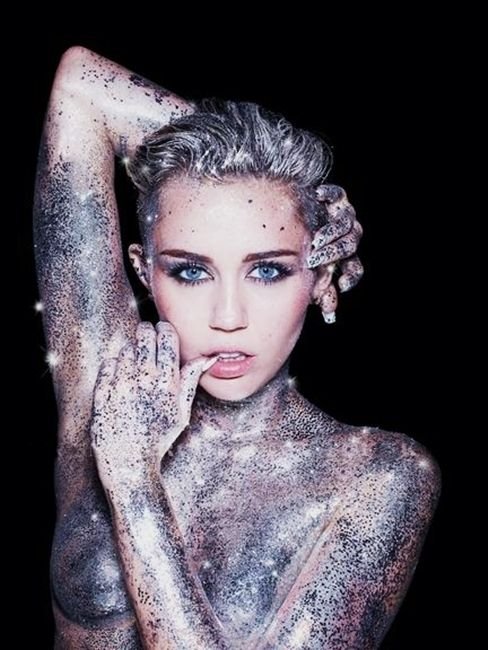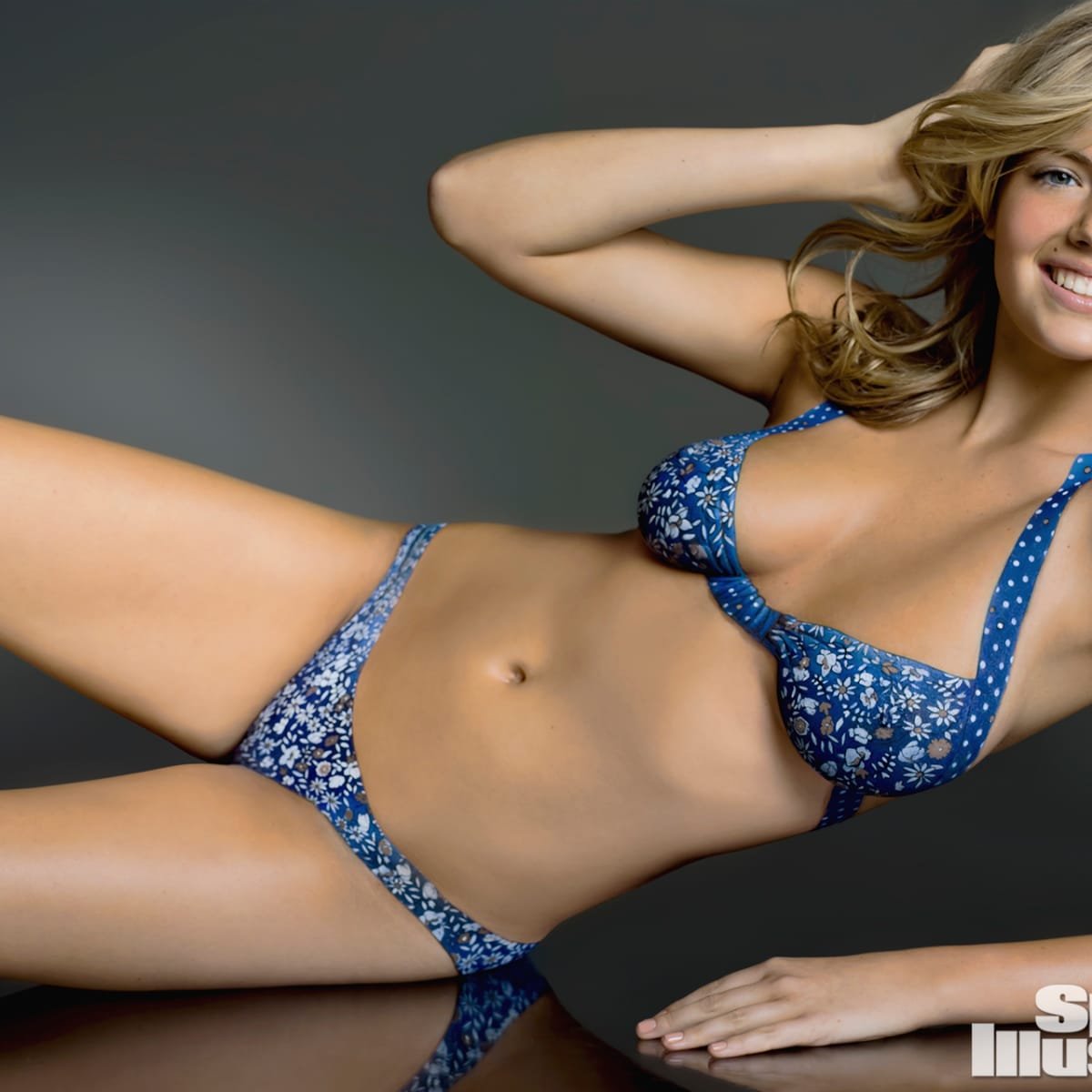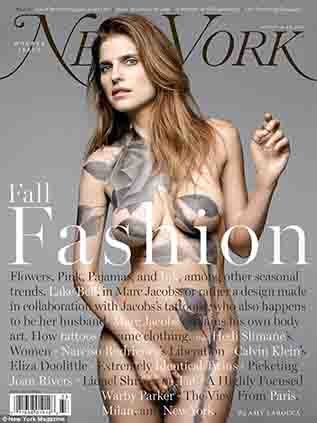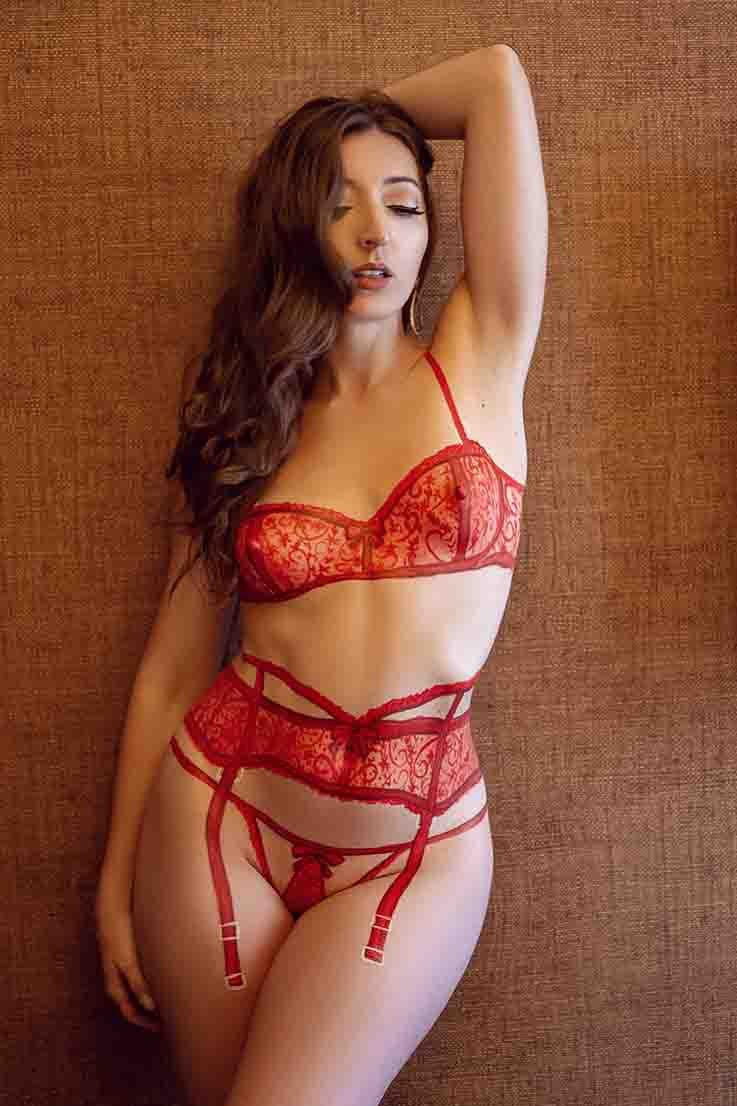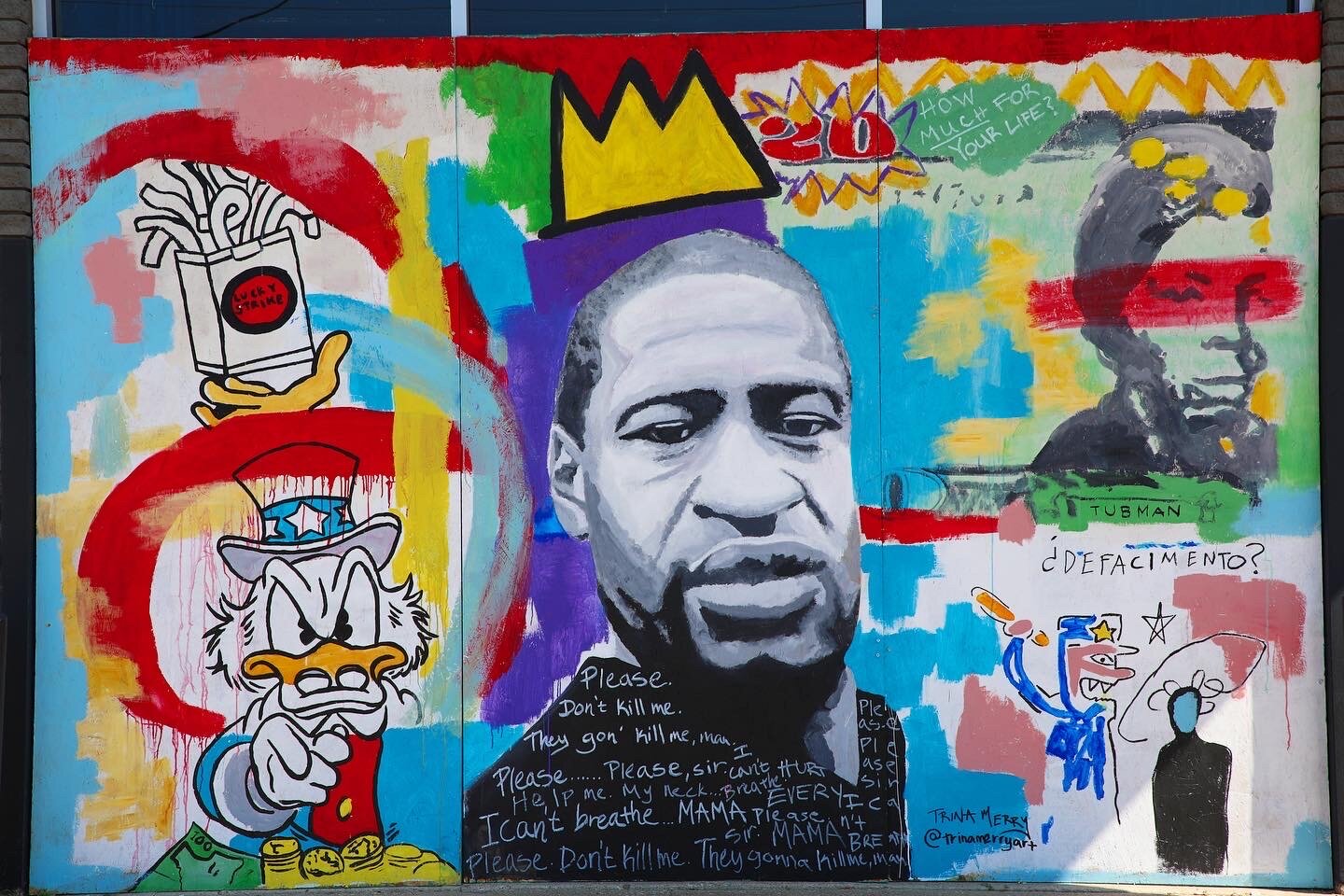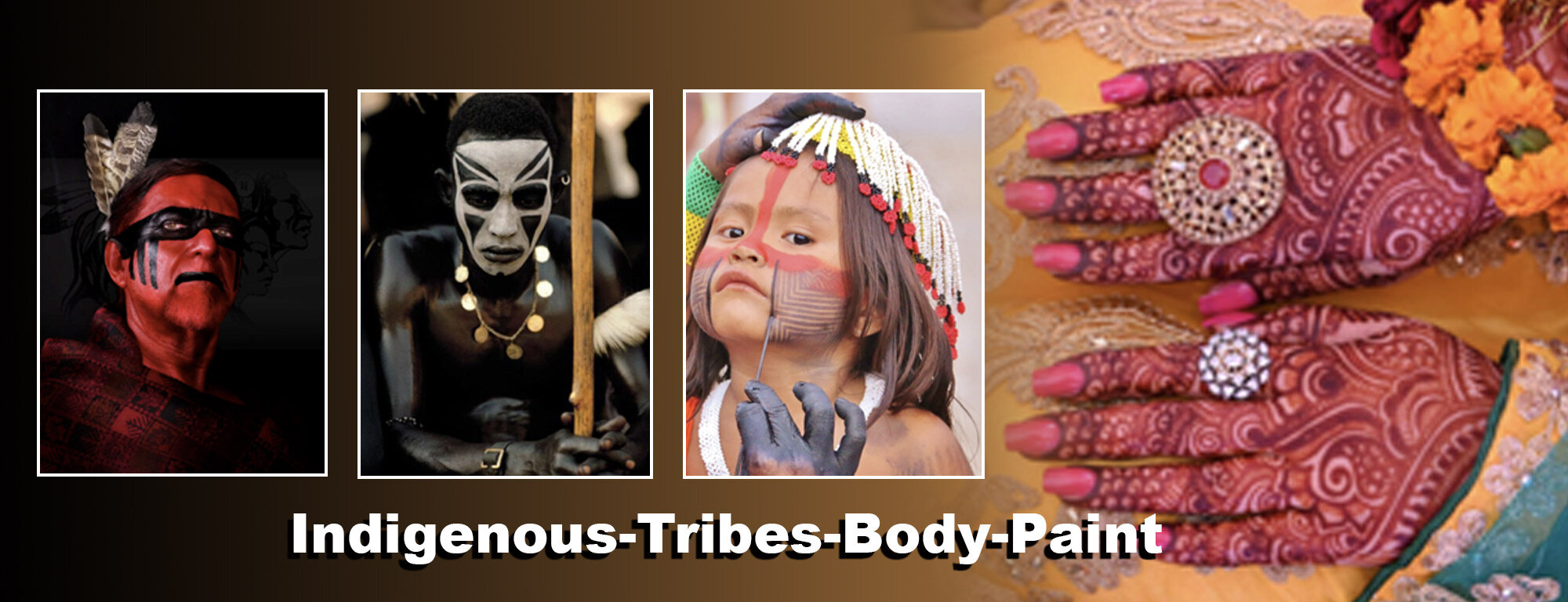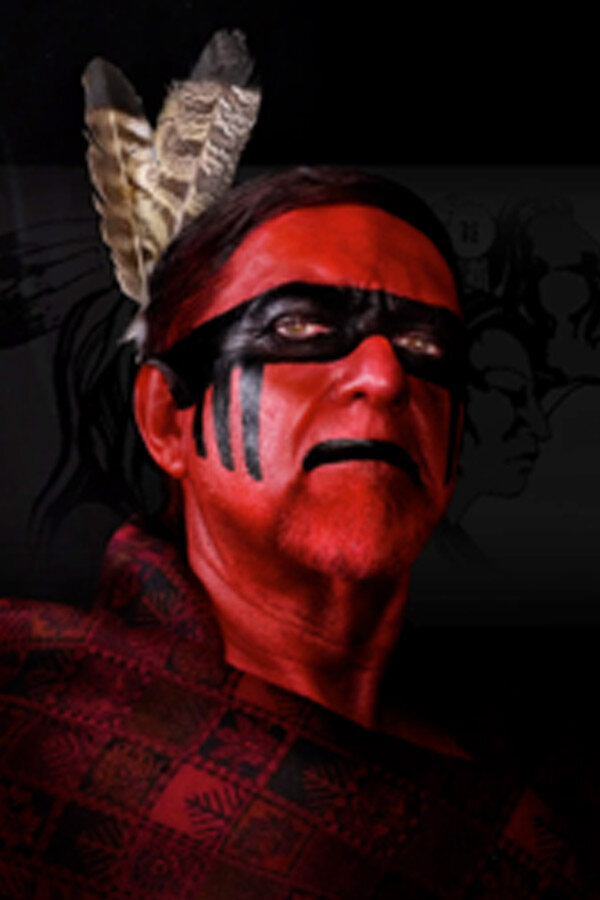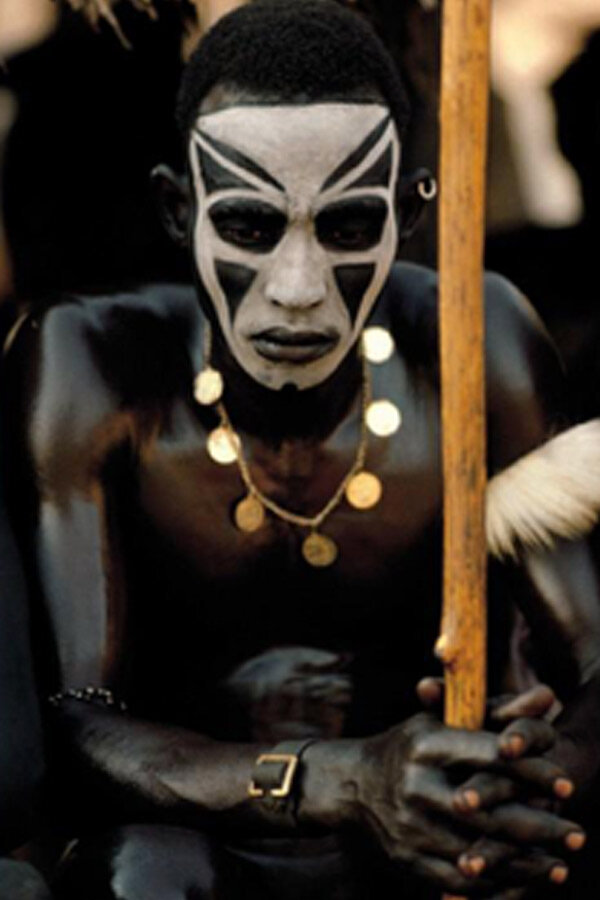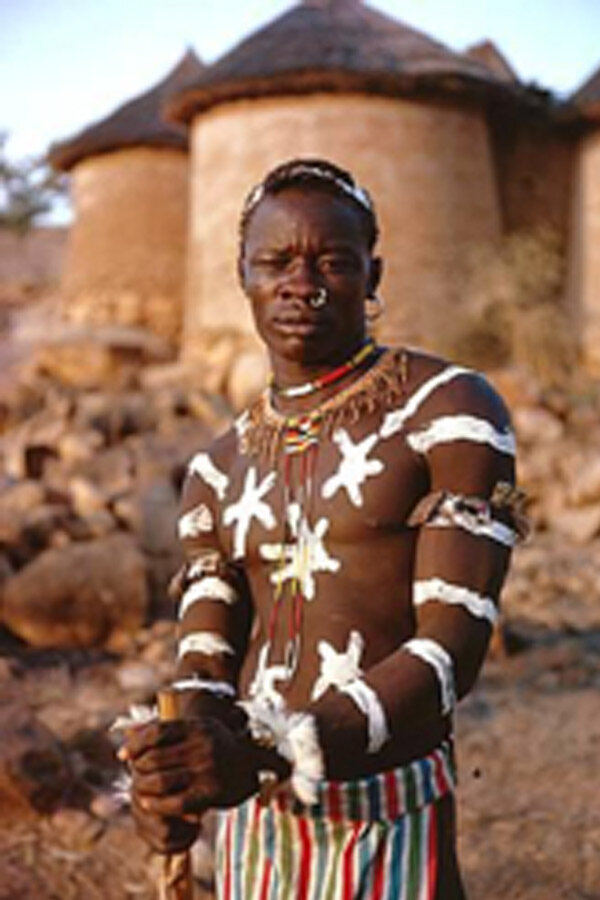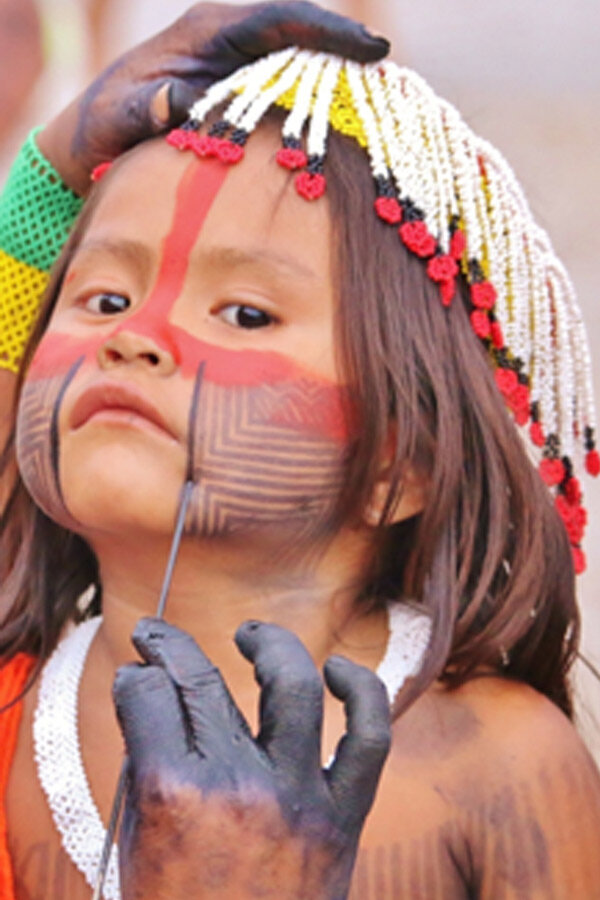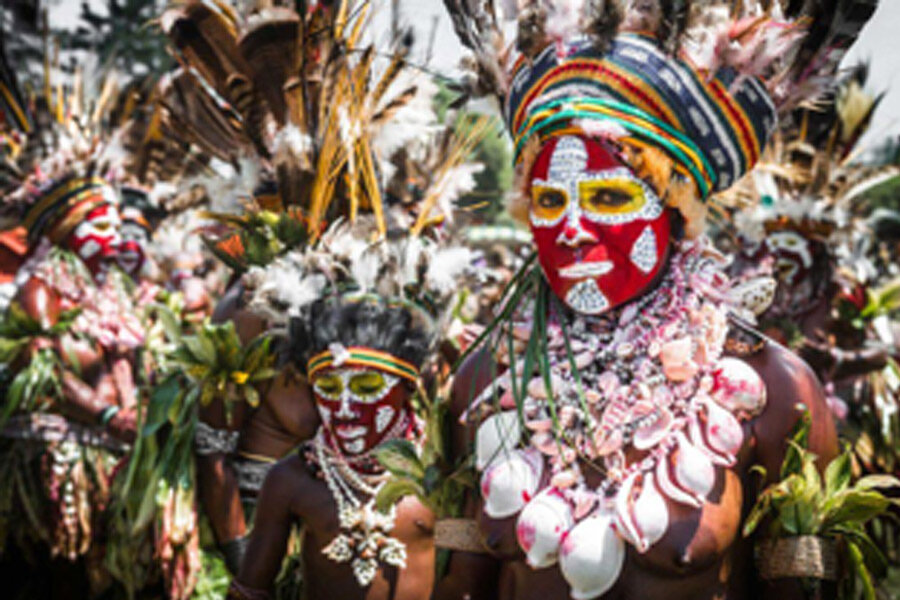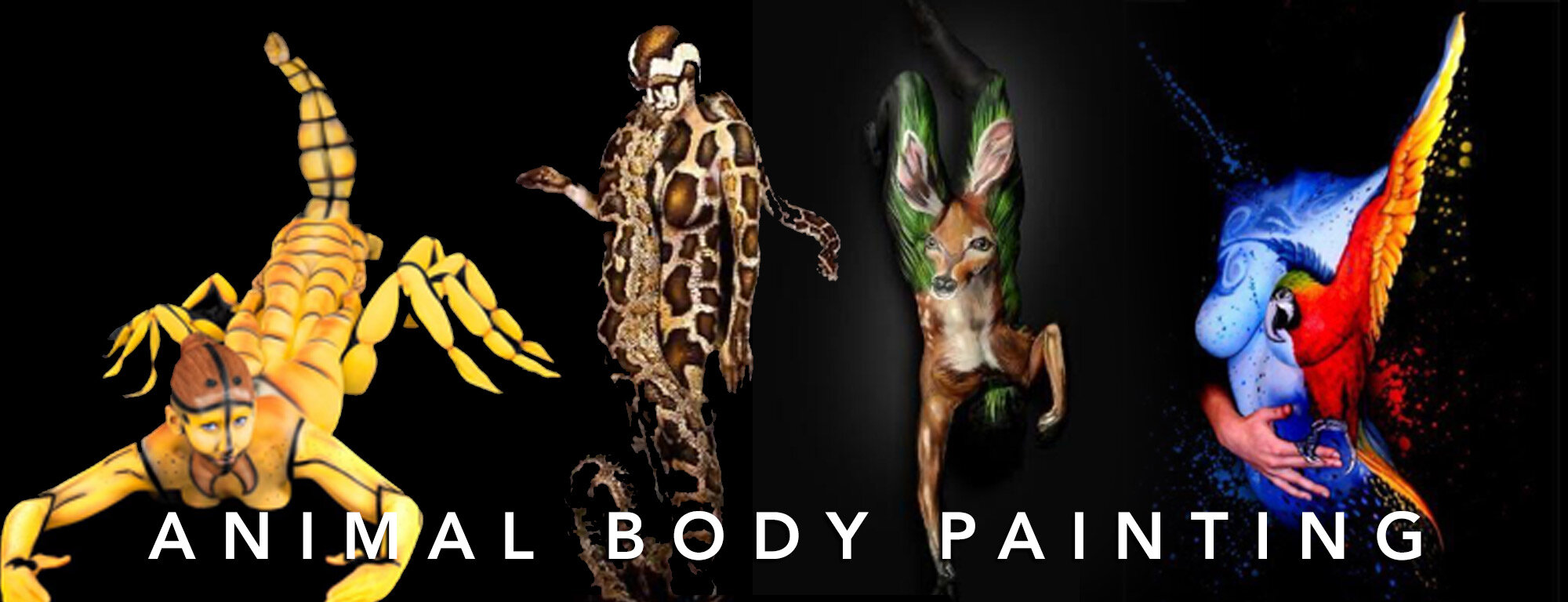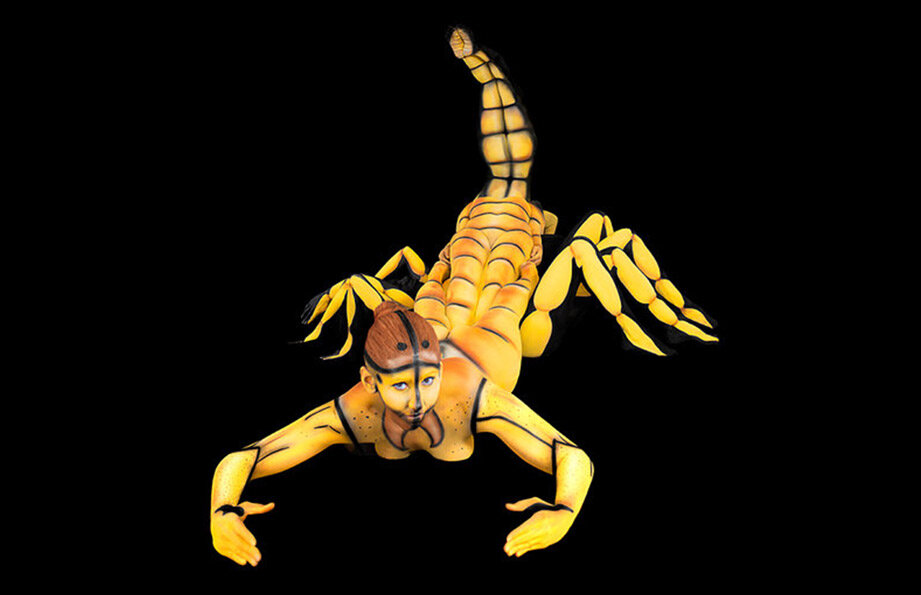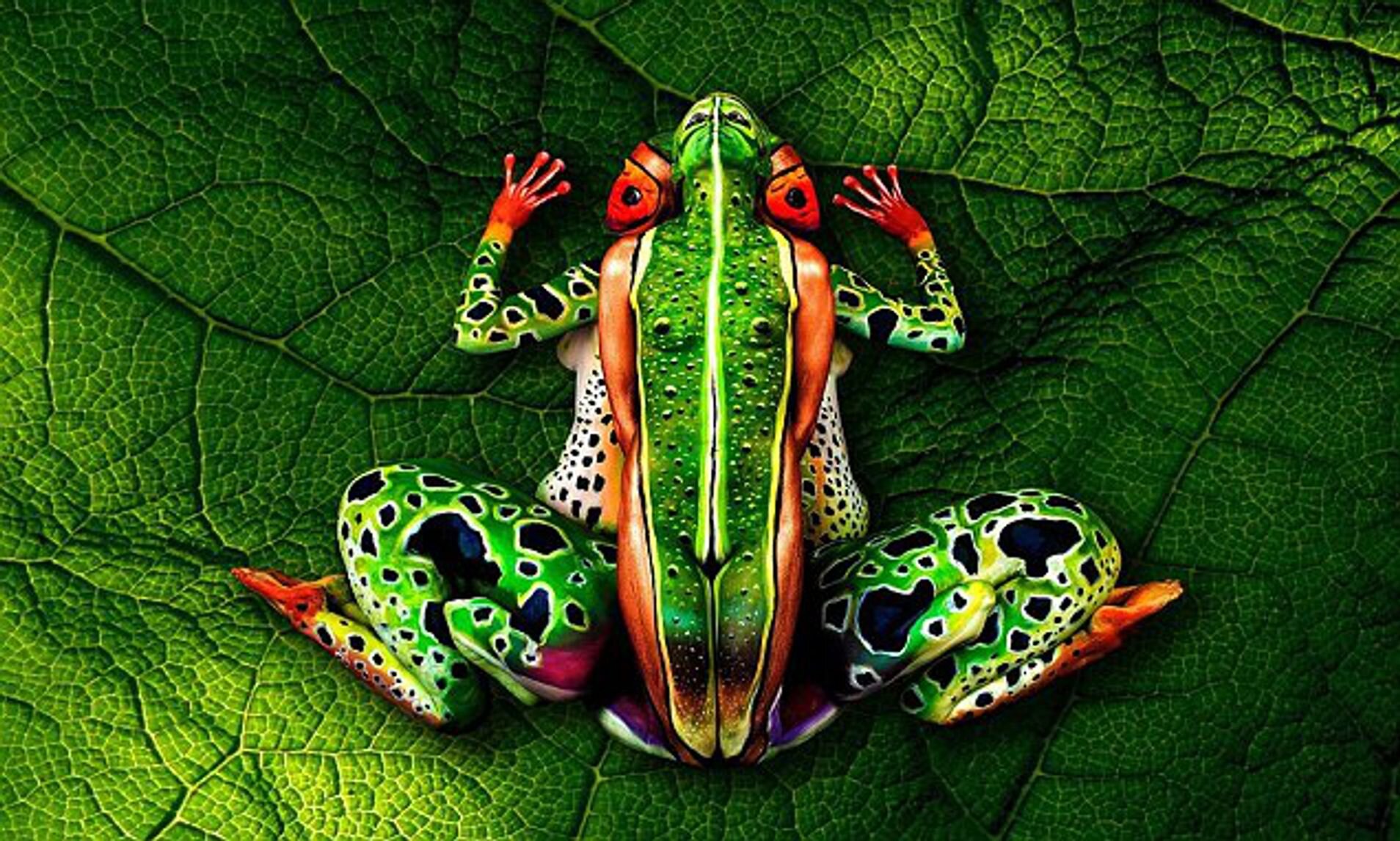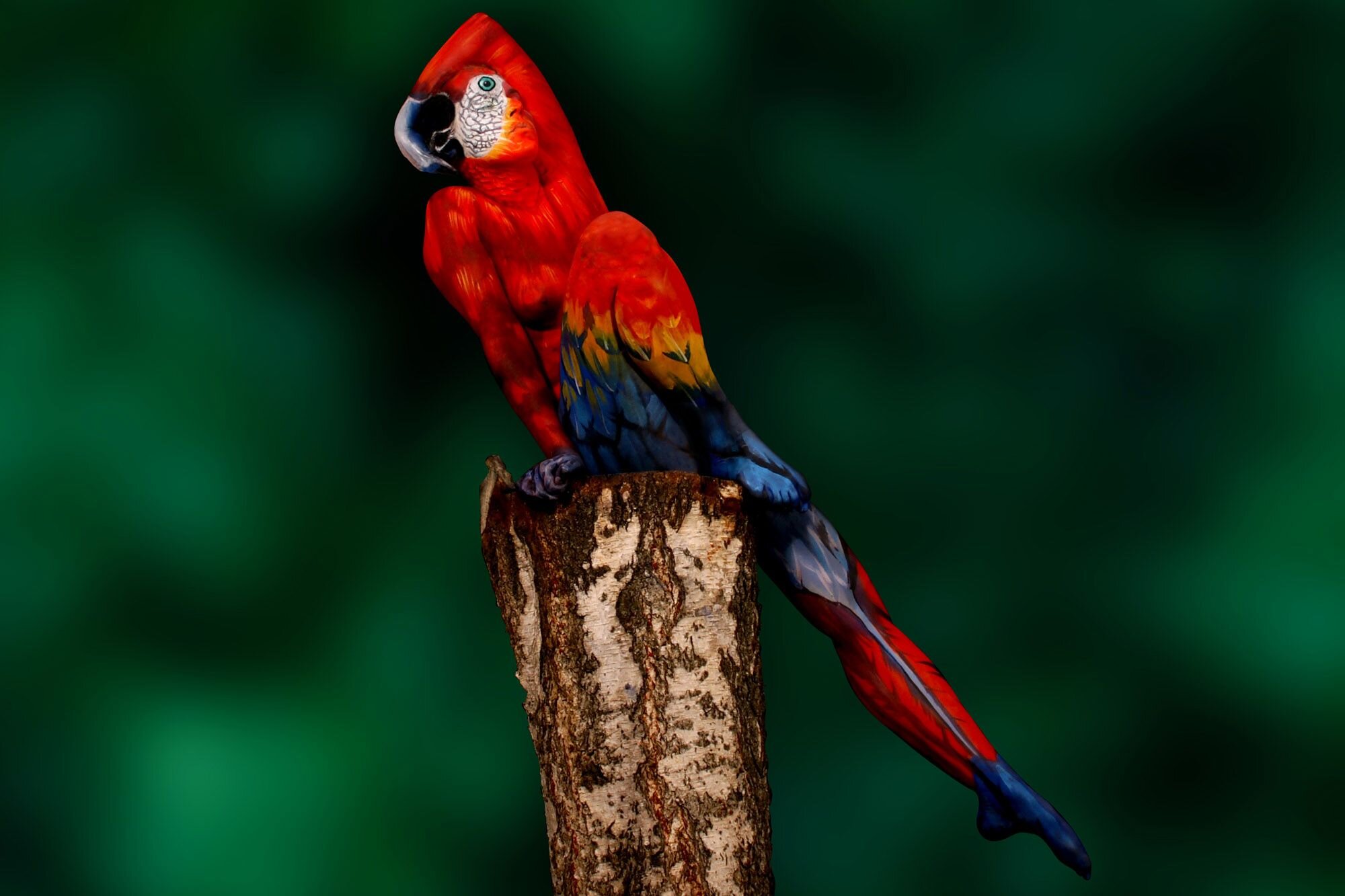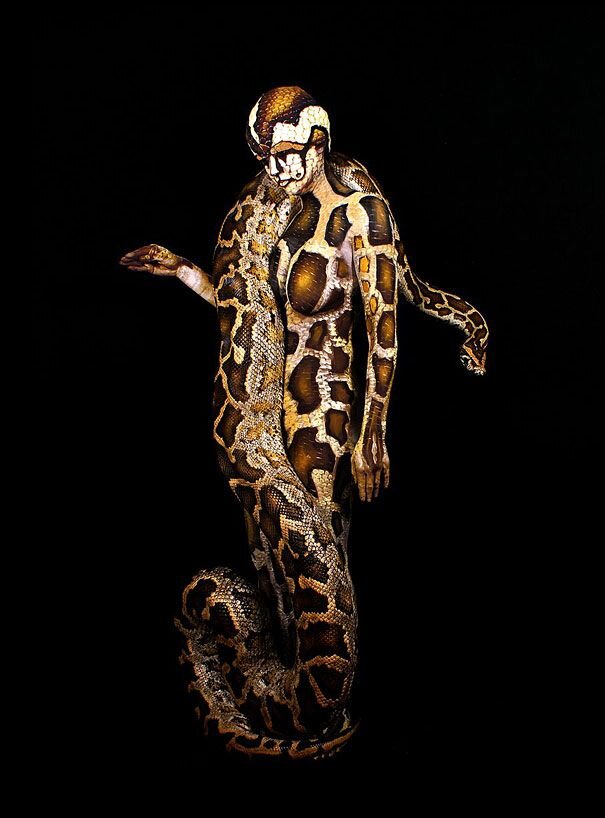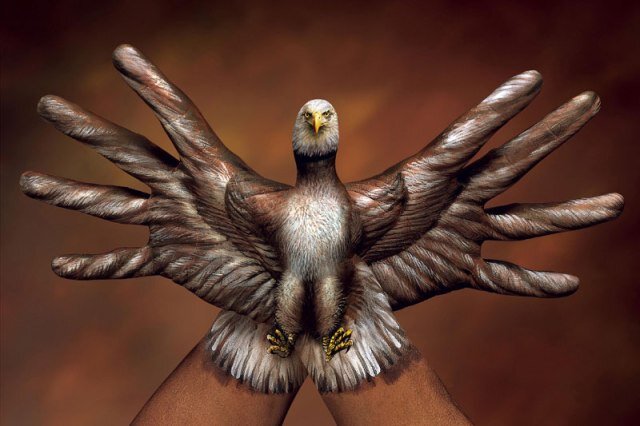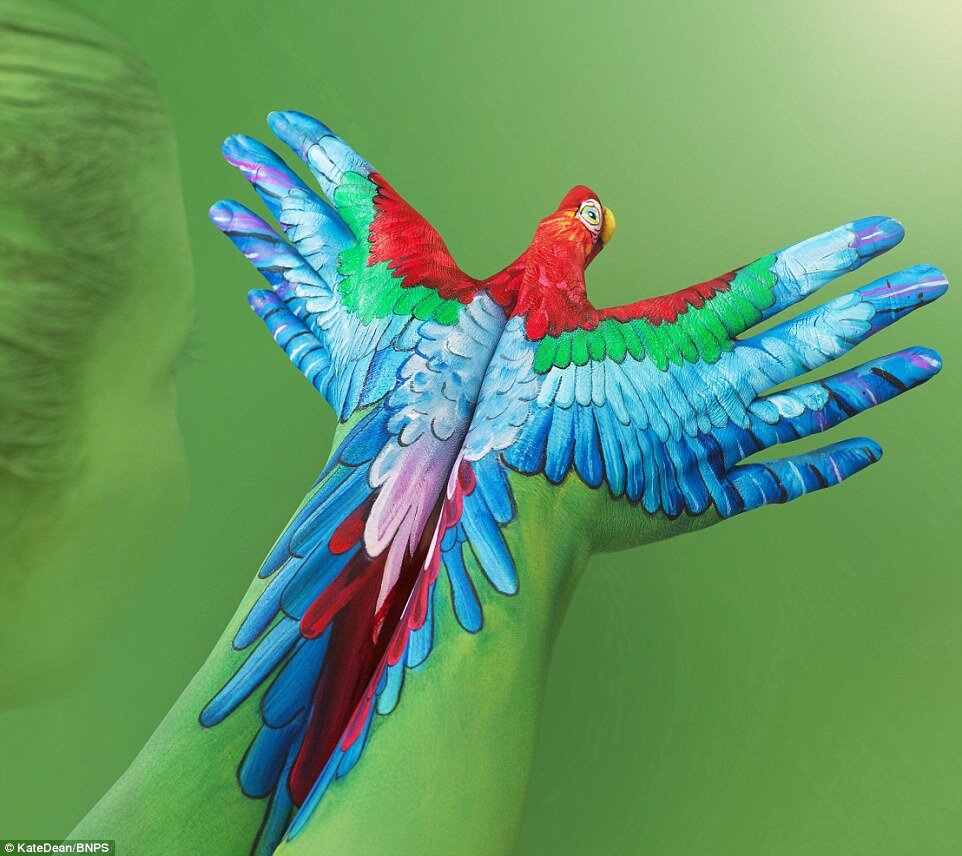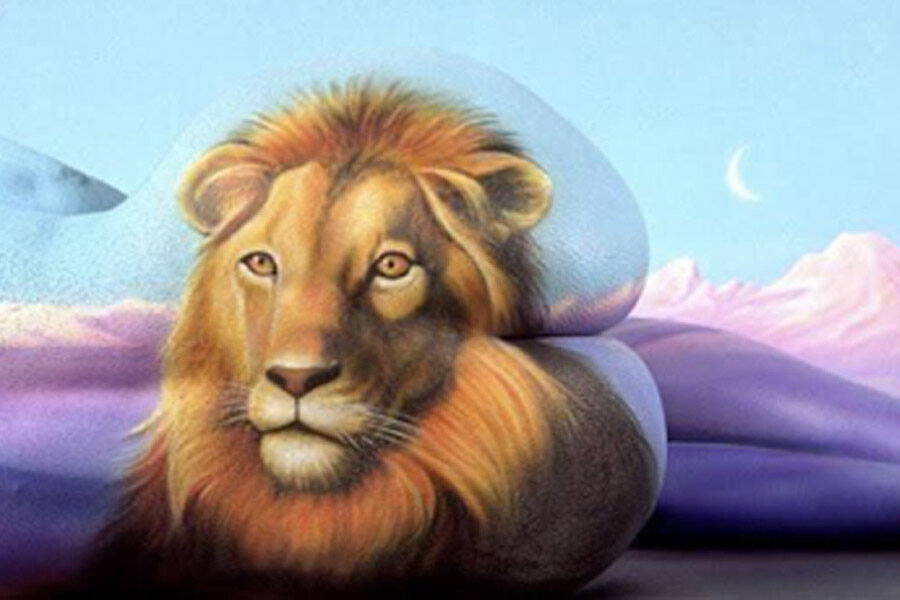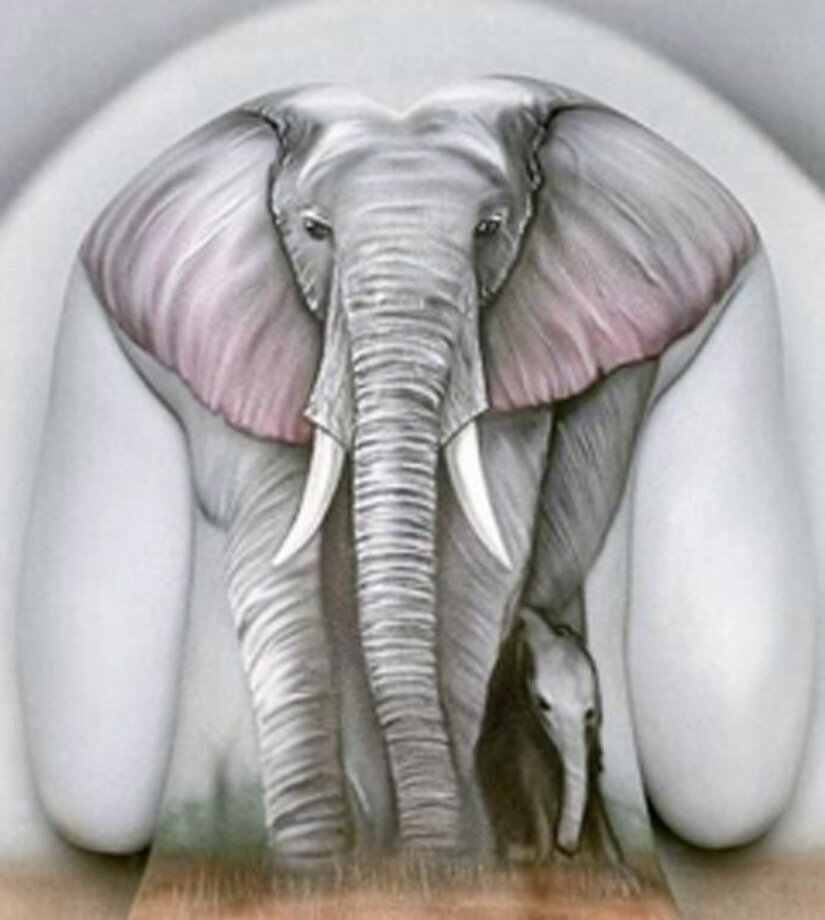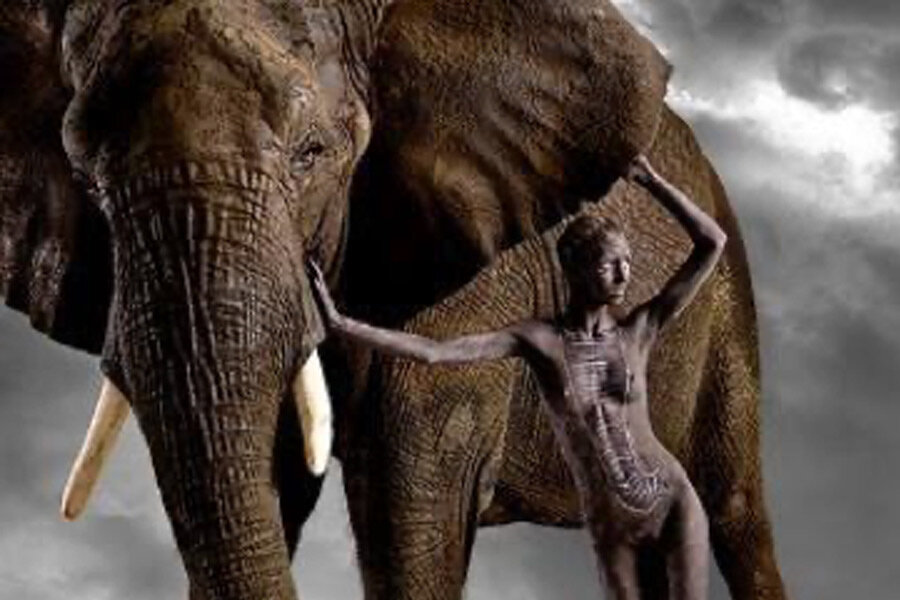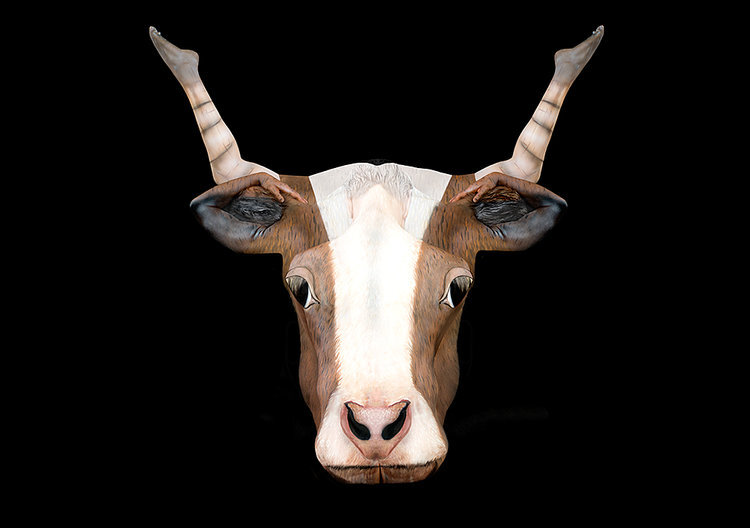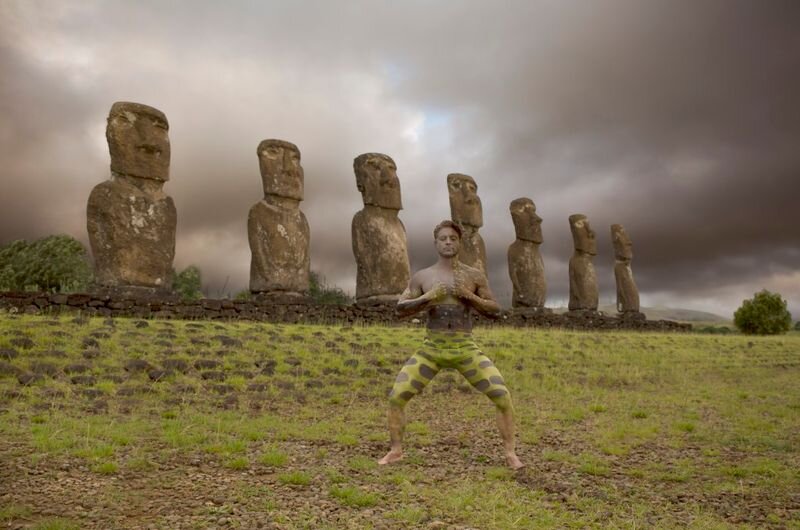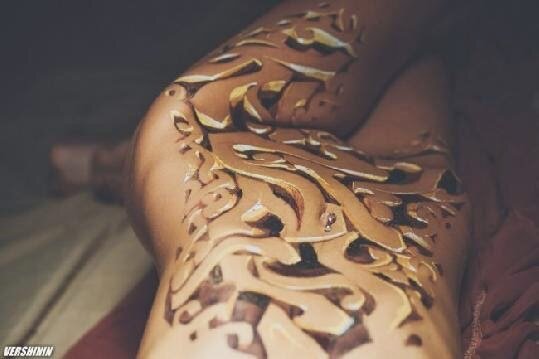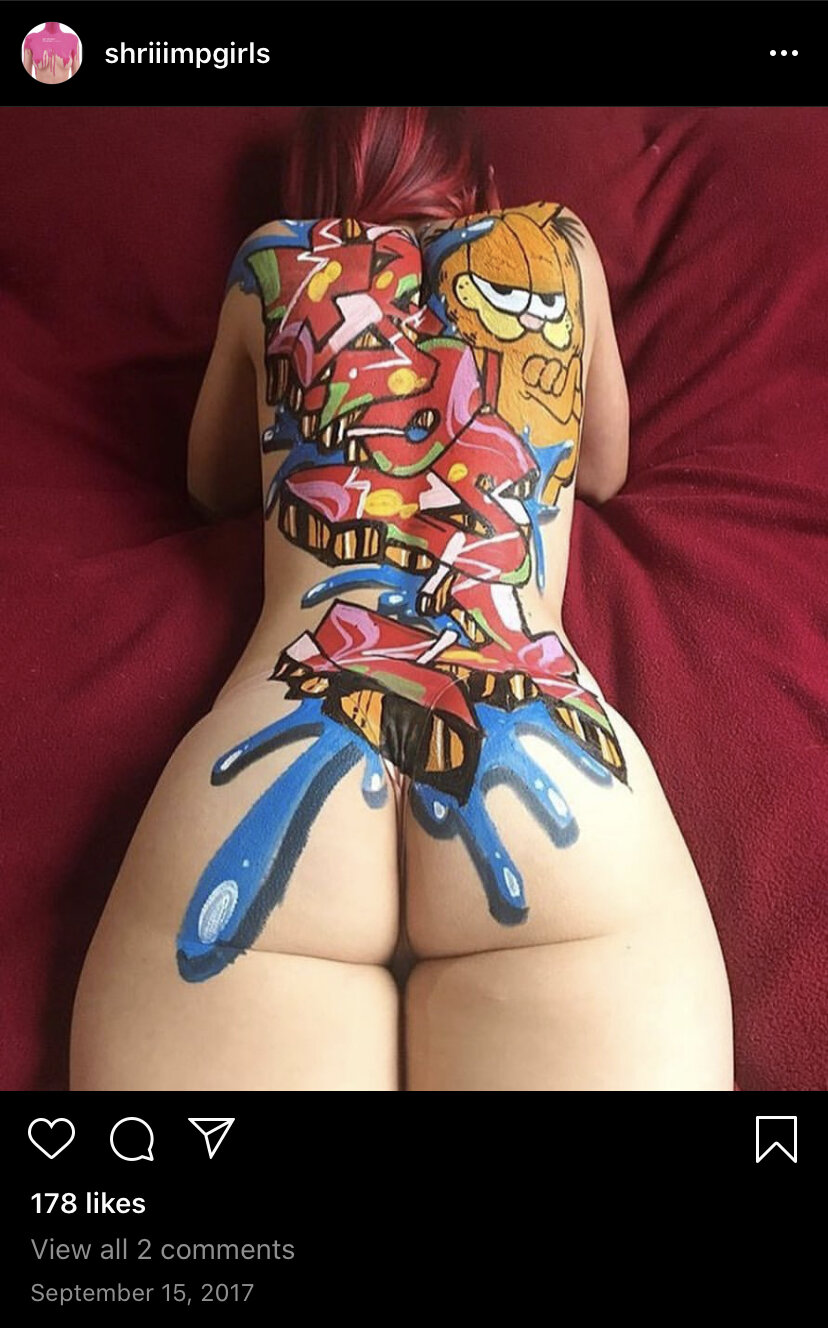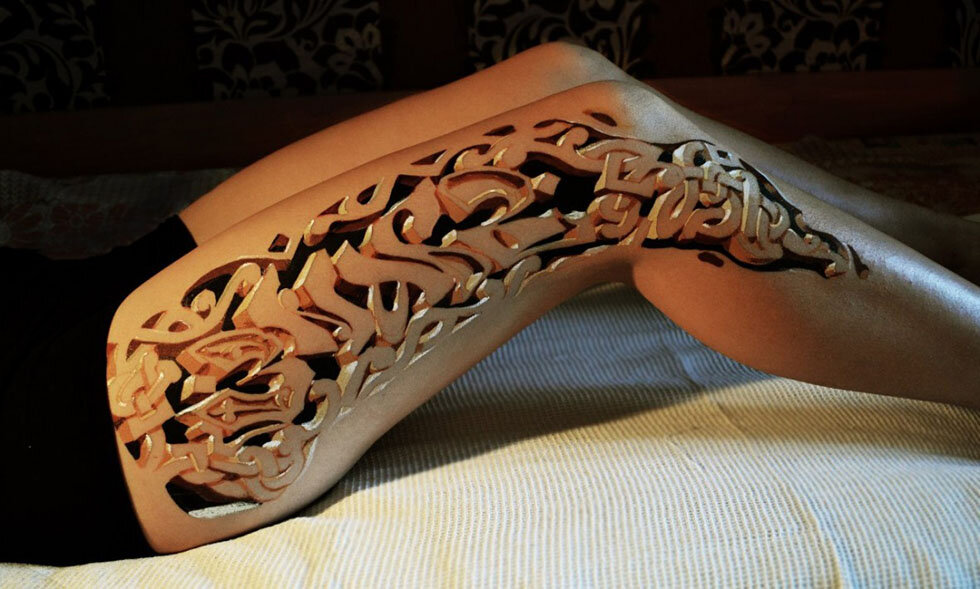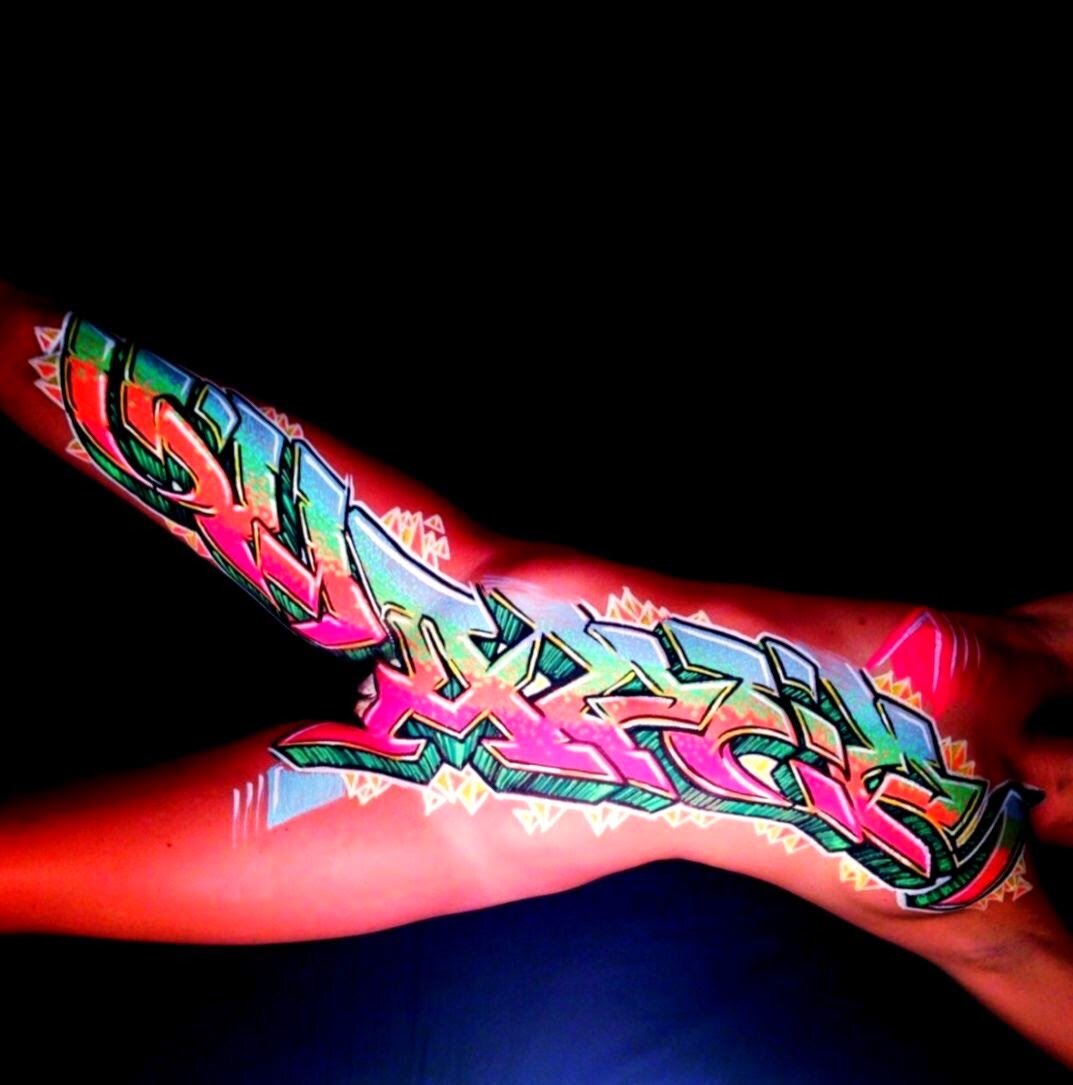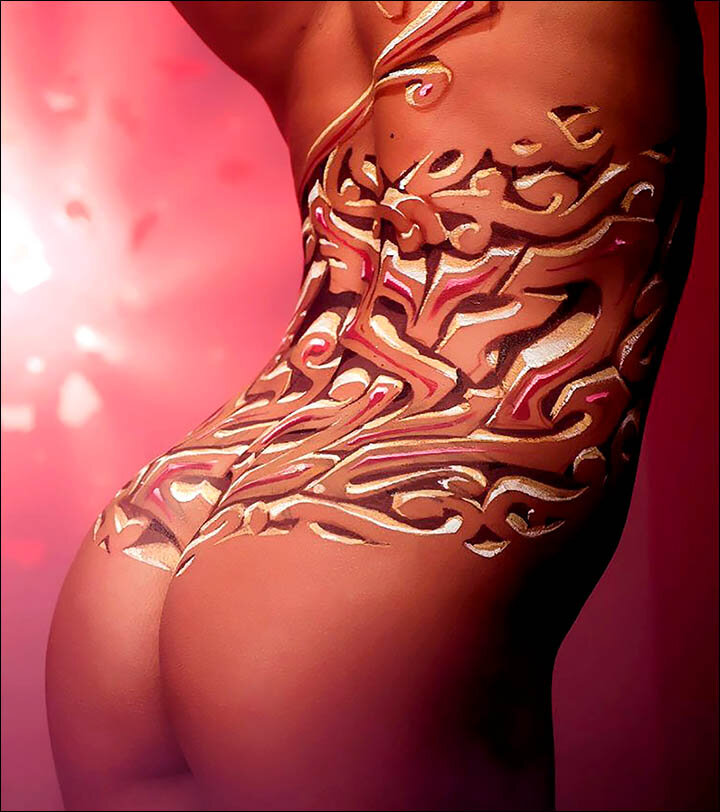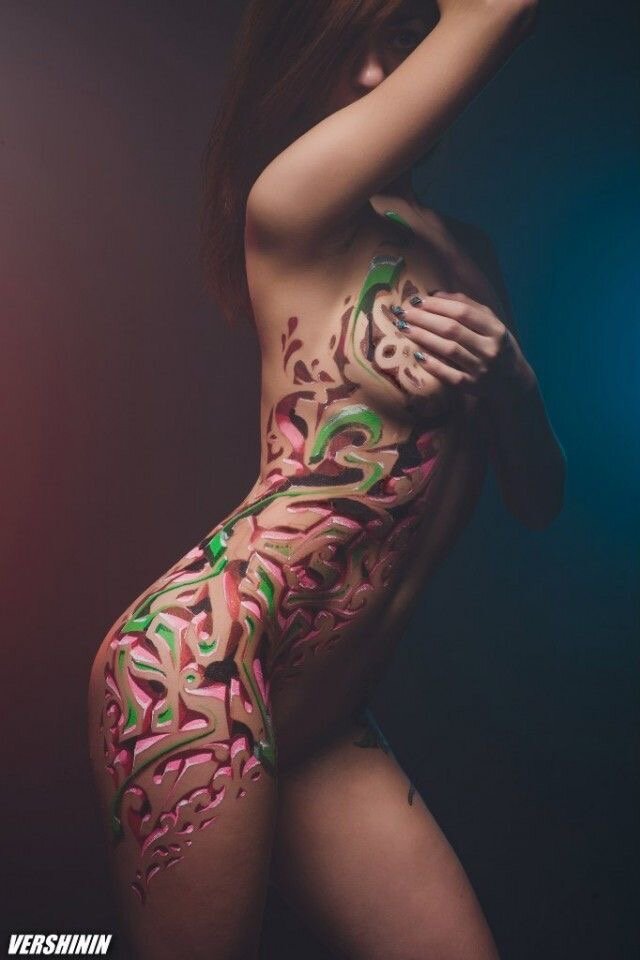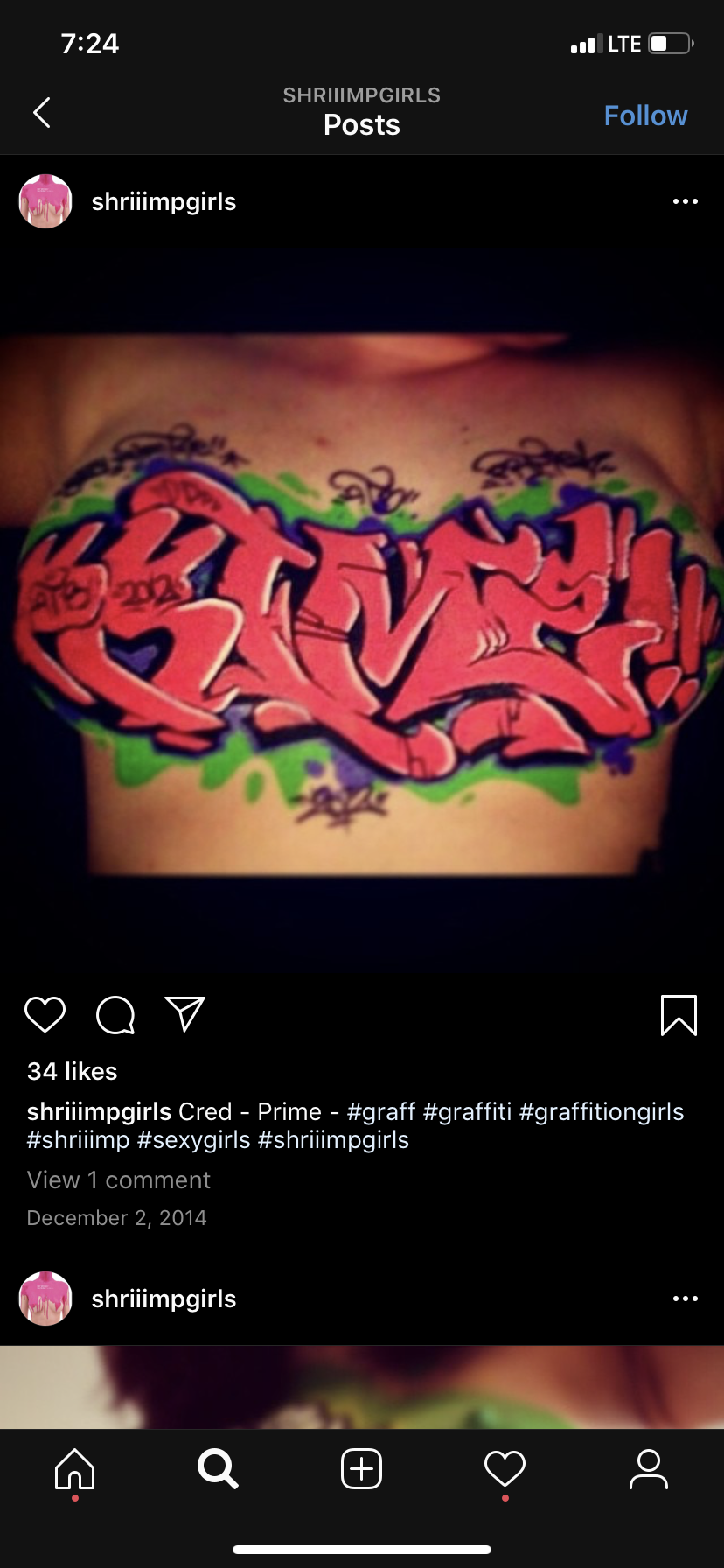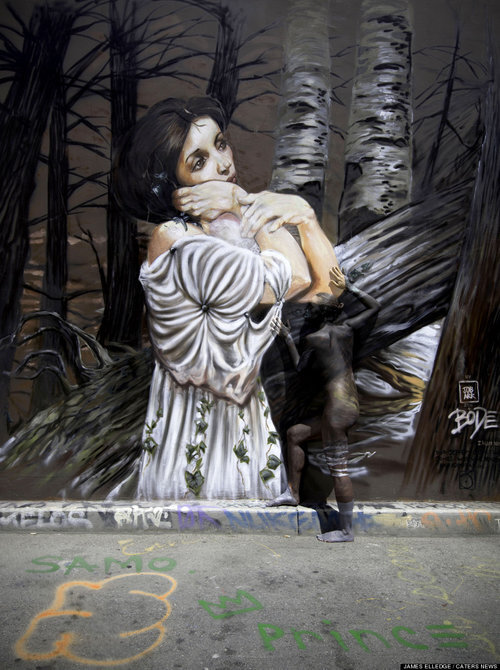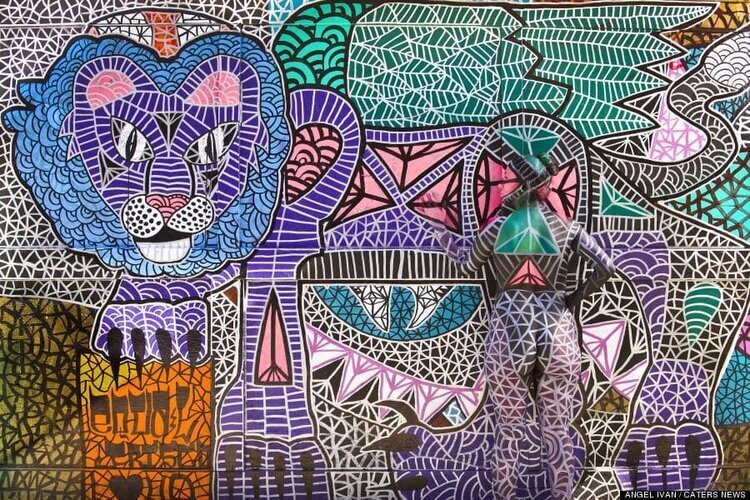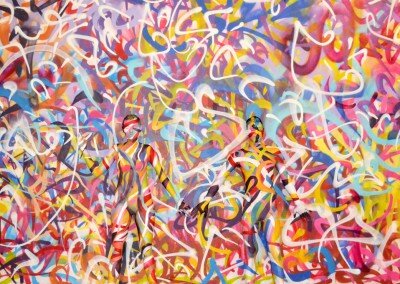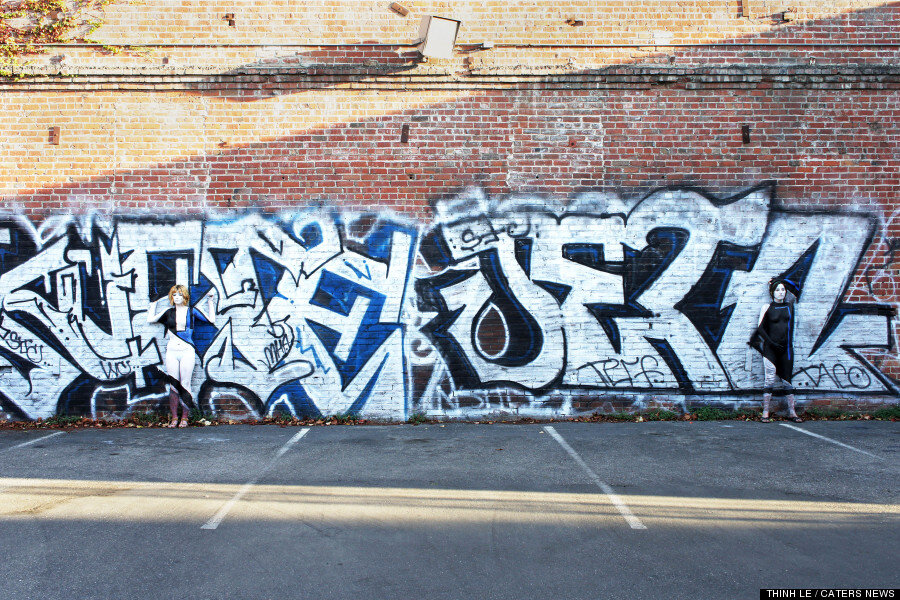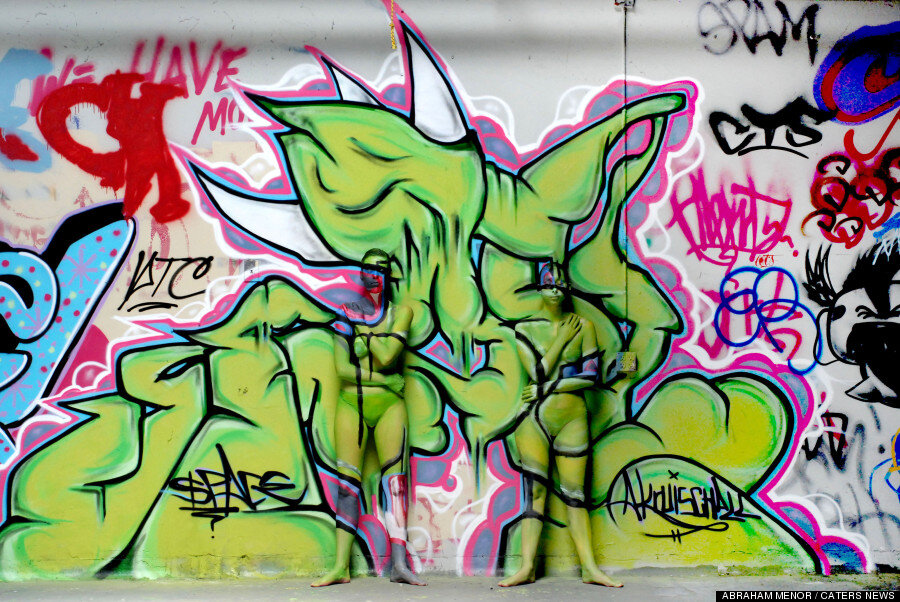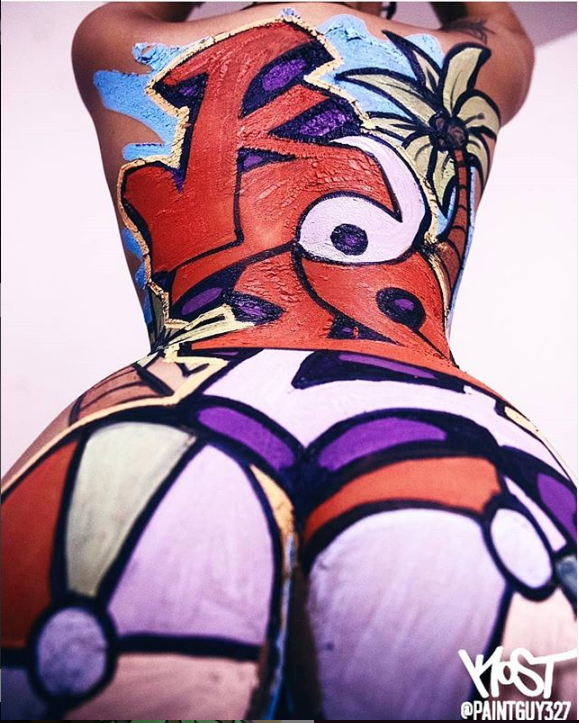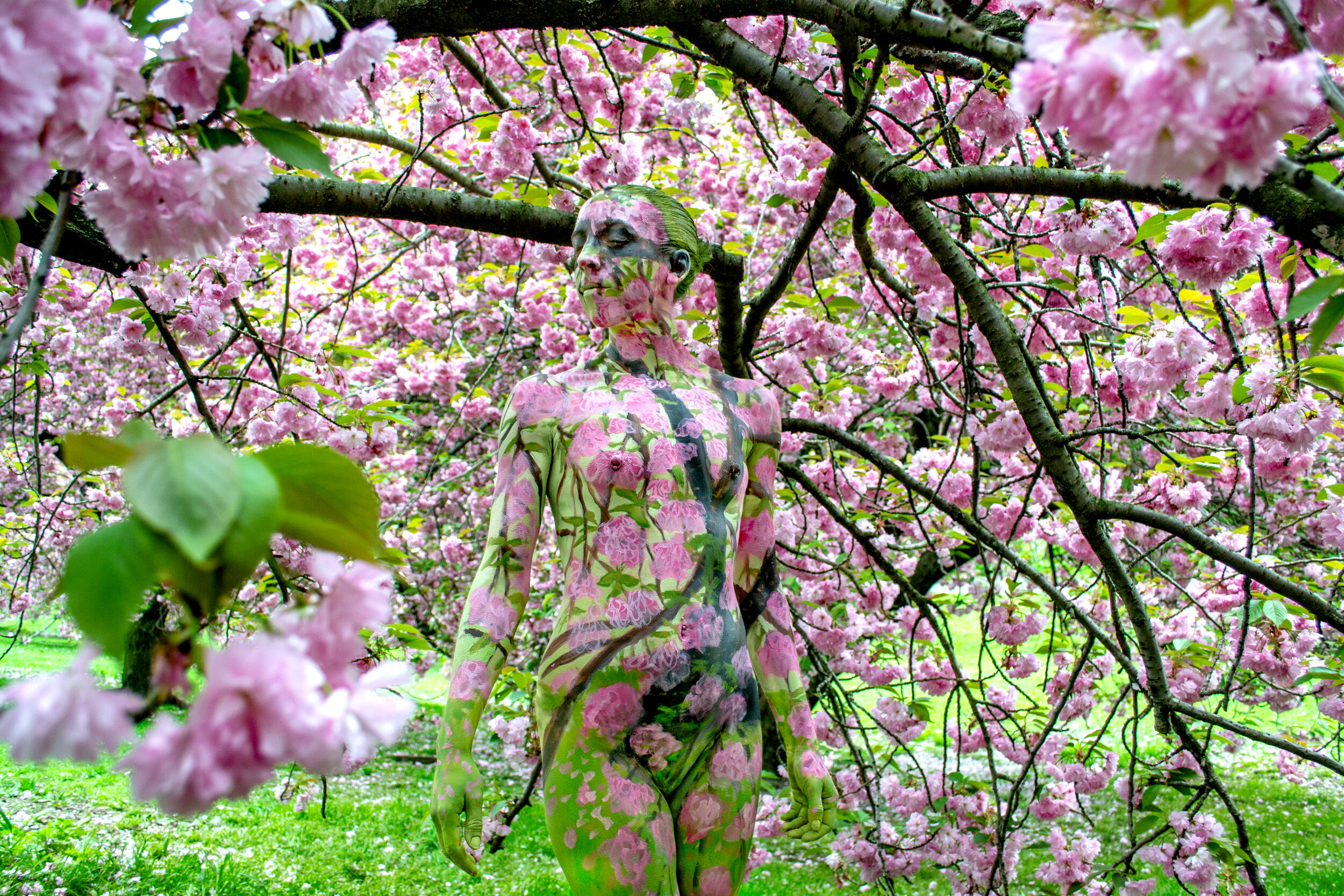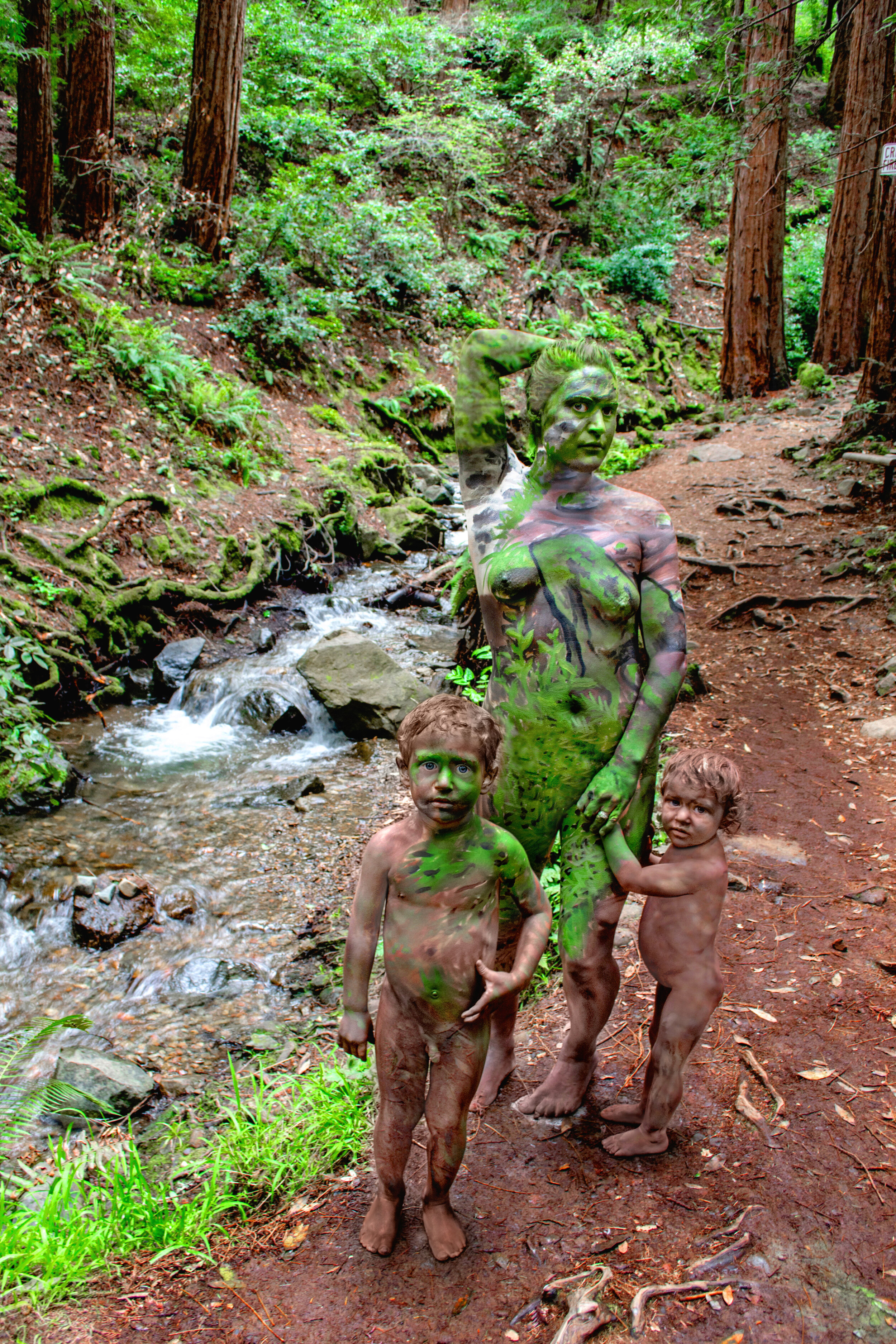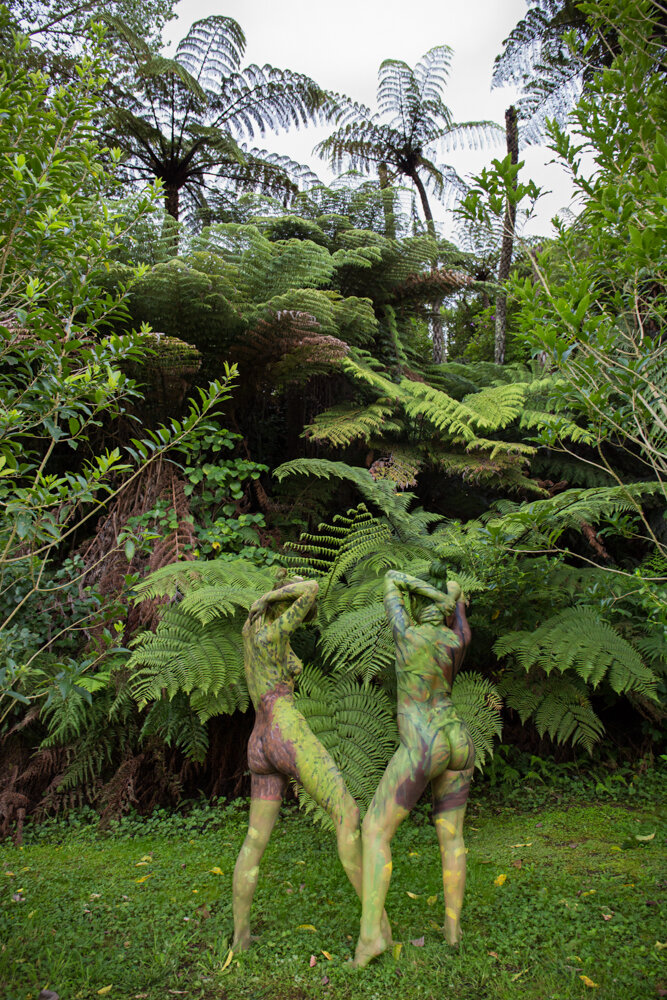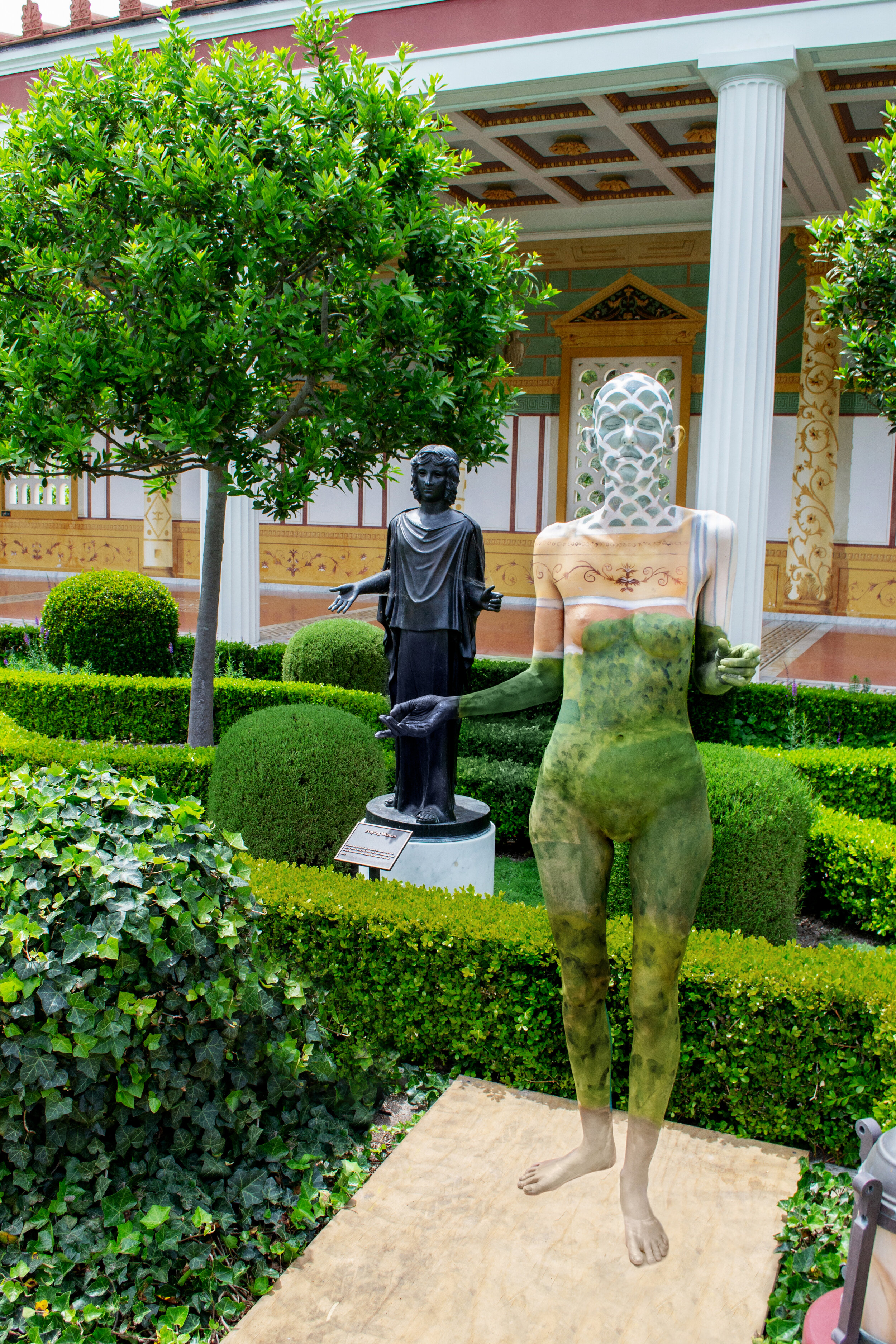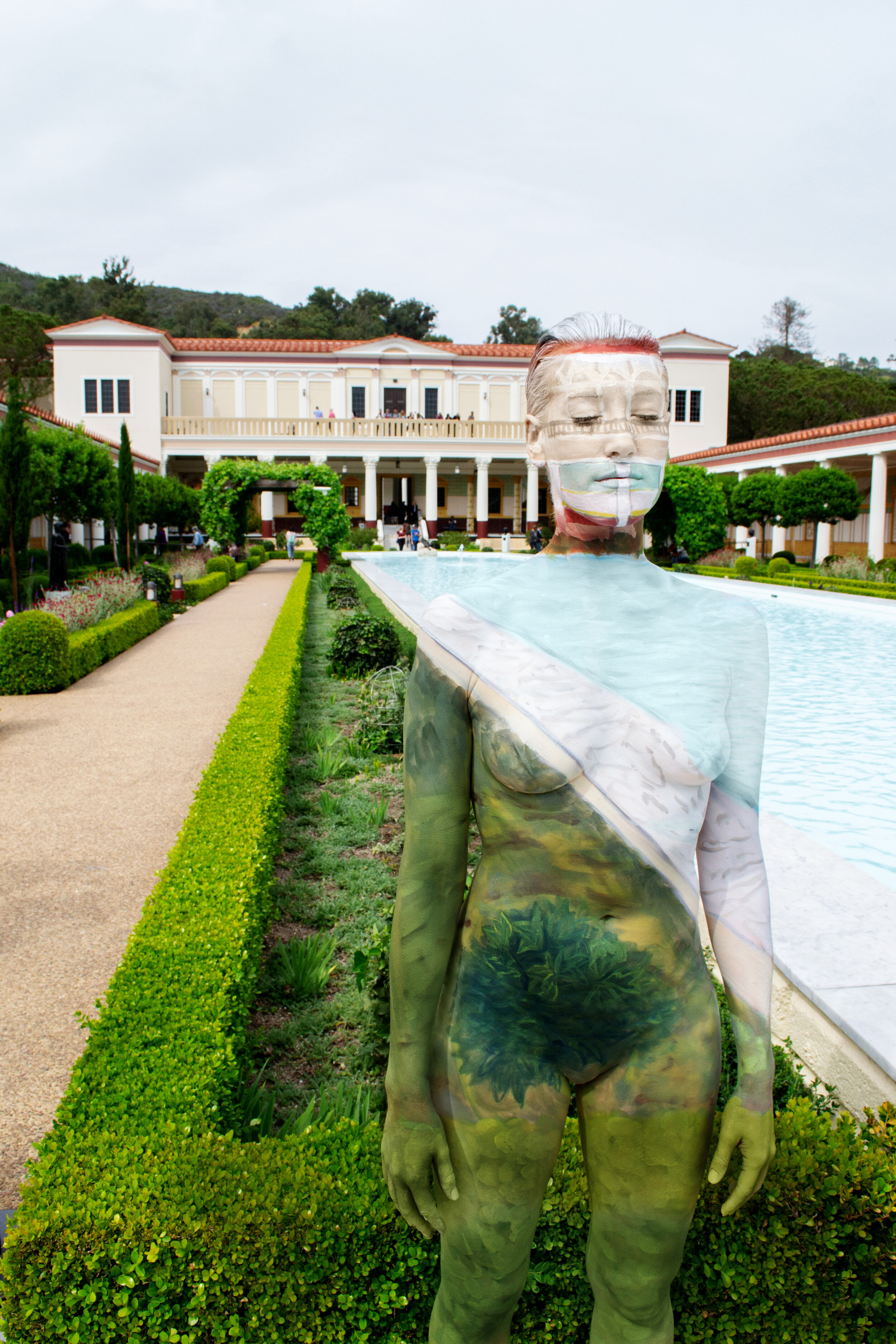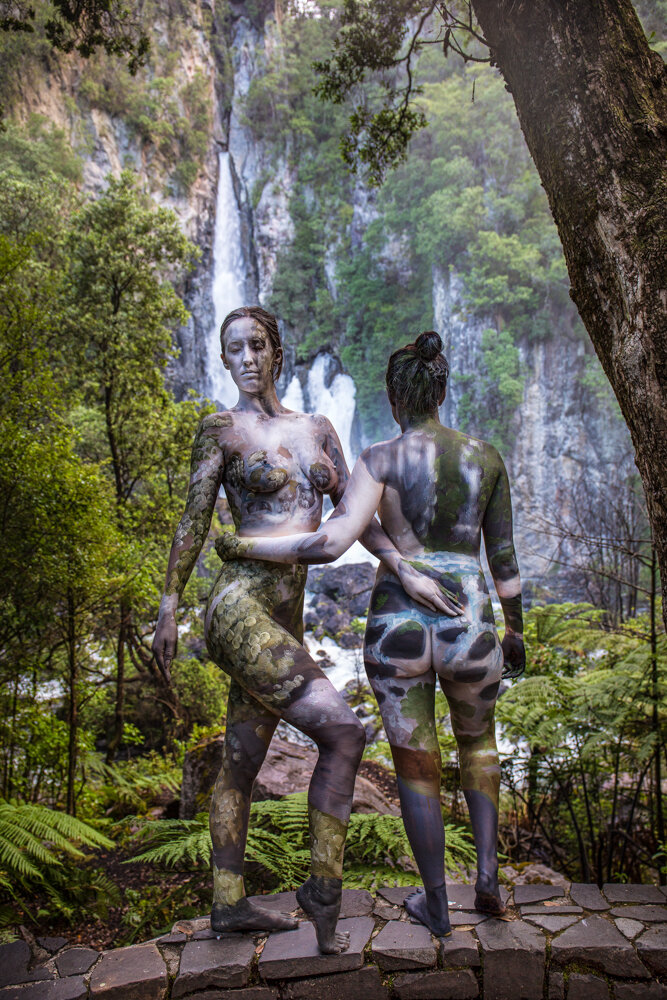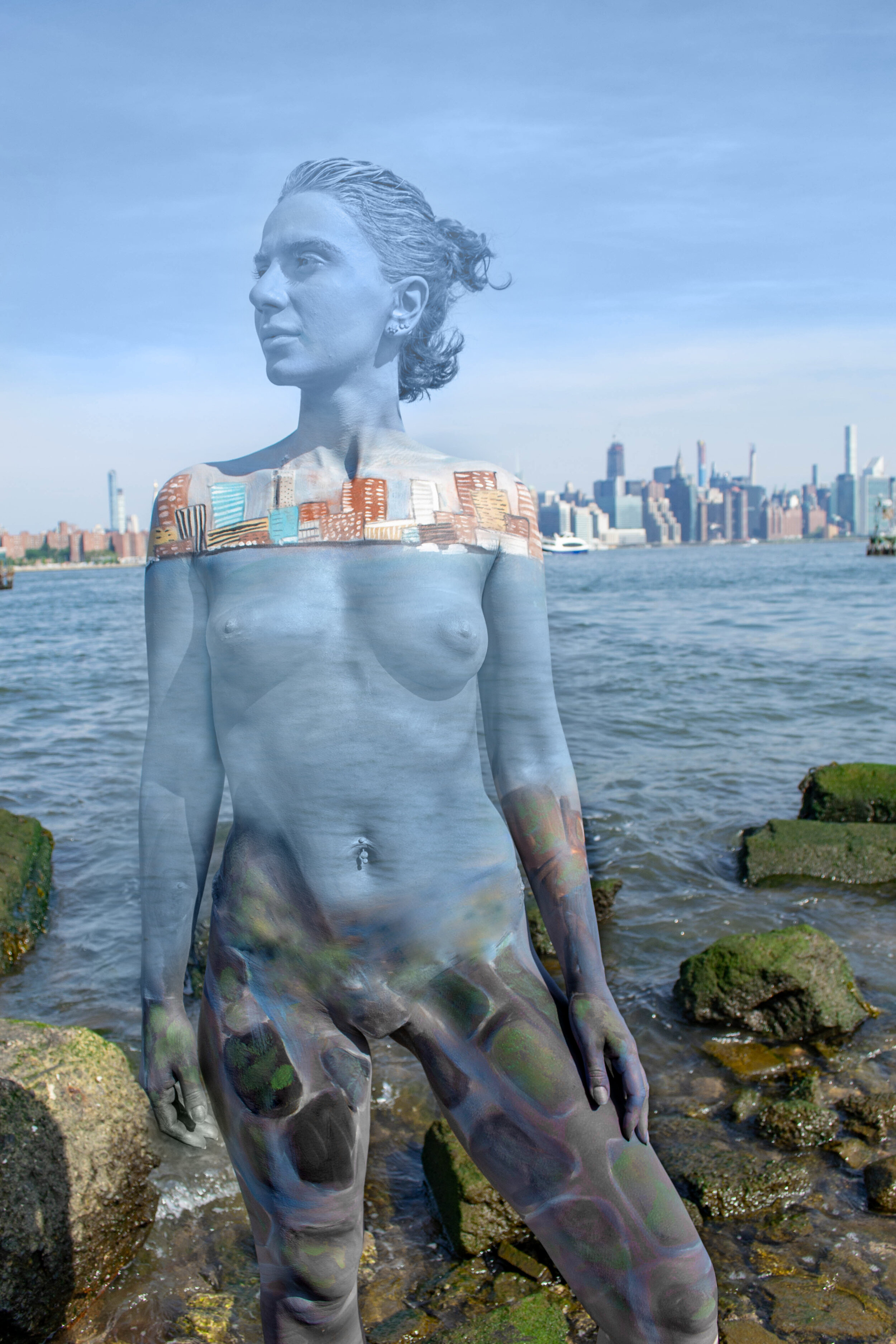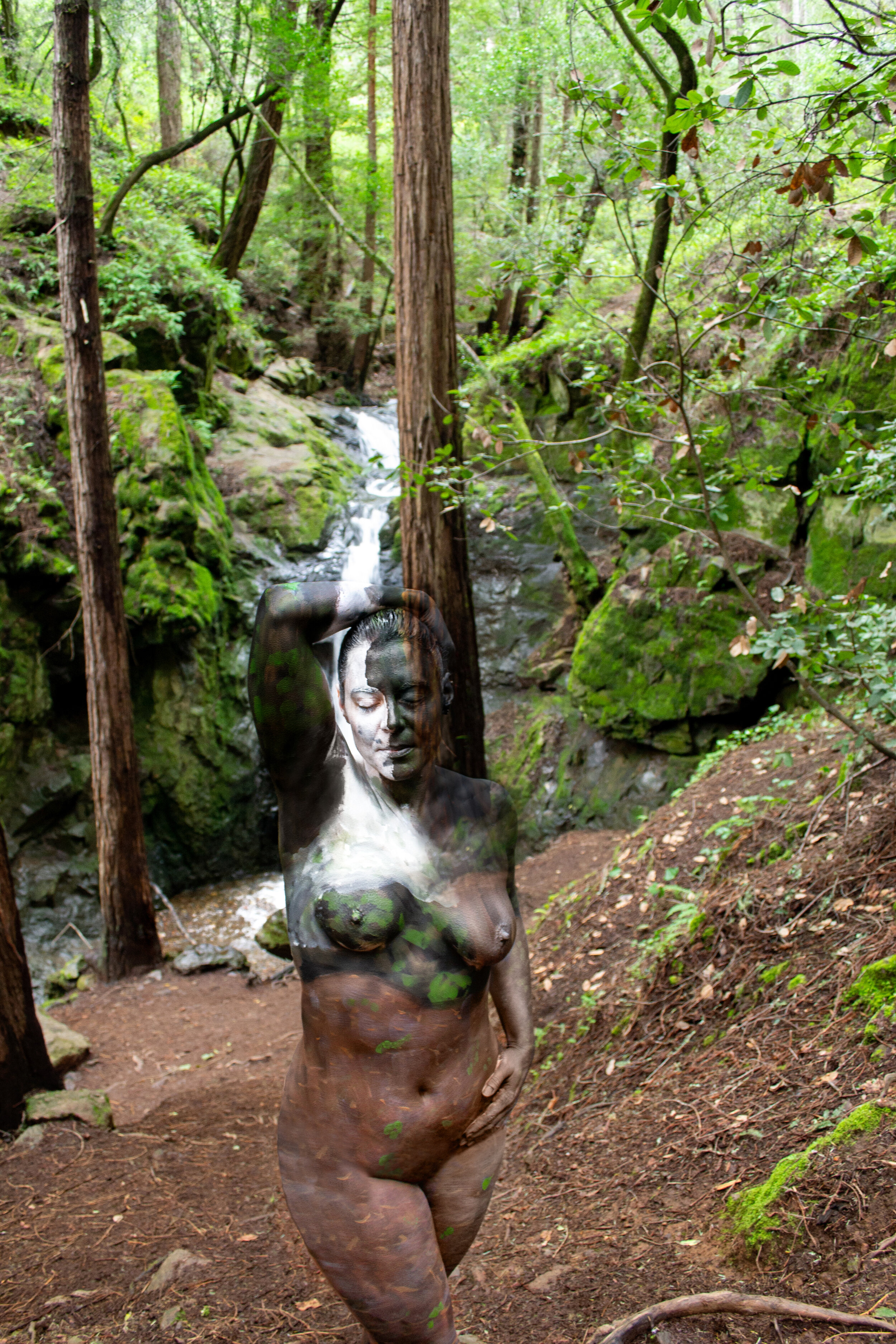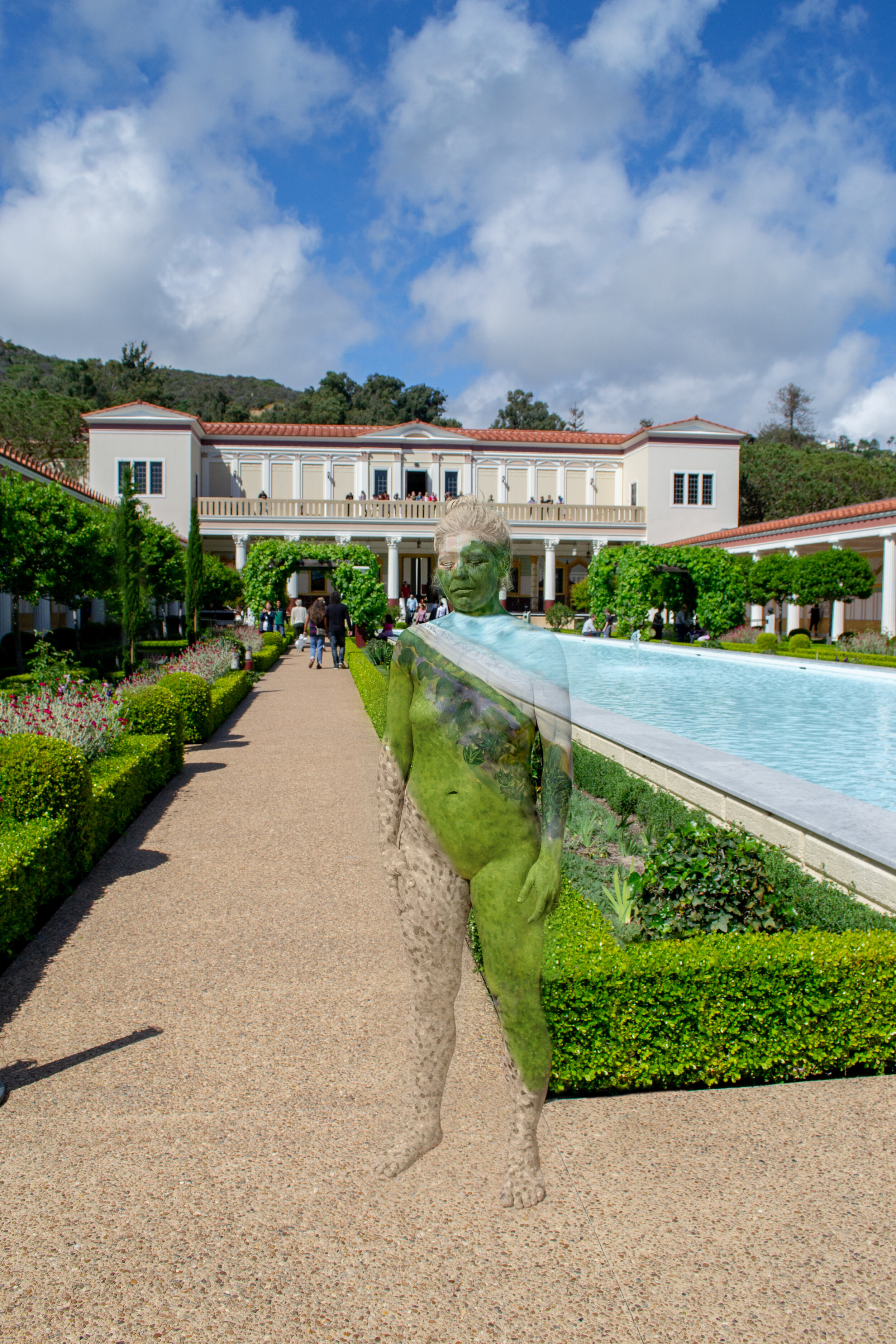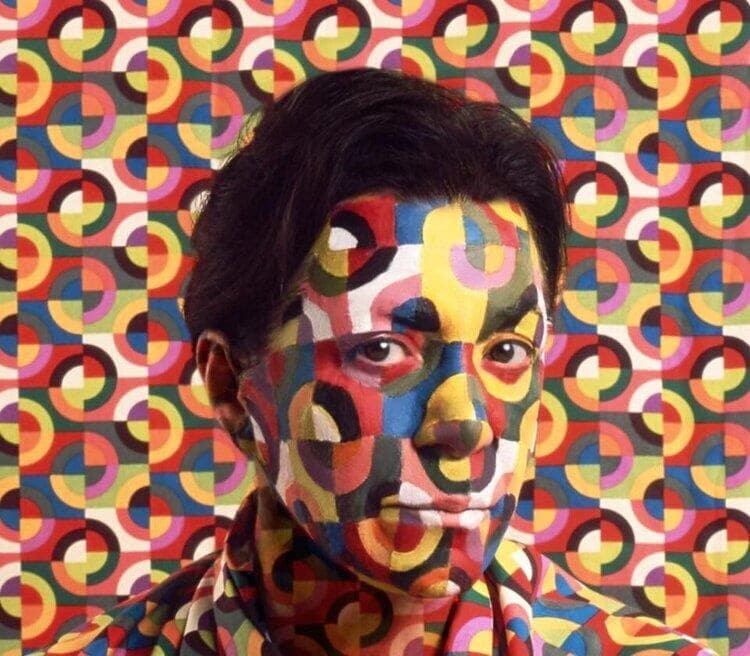15 Female Painters Every Art Lover Should Know
History has forgotten and ignored some of the most brilliant artists in the world because of their gender. Women have been pushing boundaries within the industry for hundreds of years. Yet the most widely recognized painters – from Leonardo Da Vinci to Pablo Picasso to Van Gogh – tend to be men. Even today, while female artists match and perhaps even outnumber working male artists, they are continually not given the recognition they deserve.
Although we can’t go back to change history we owe it to them as art lovers to celebrate their accomplishments and contributions to art. These women have worked hard to pave the way for future generations of women to be seen in the art community. Thanks to their efforts, the conservative boundaries have been pushed and there are plenty of well recognized female artists who paint bodies.
Artemisia Gentileschi (1593–1653)
Art historian Ann Sutherland Harris argued that Gentileschi was the first western female artist to significantly impact the art of her time. She painted Biblical scenes in the Caravaggist style of Italian Baroque art with women as her primary subjects. She depicted dynamic, often violent images to highlight the strength and beauty of the female body. Some art scholars believe that her subject matter was inspired by trauma after she was raped by another artist, but no one knows if this is true. She was the first woman admitted to the Accademia de Arte del Disegno, which gave her some level of independence as it allowed her to purchase art supplies and sign contracts without her husband’s permission. She became one of the most popular portrait artists in Italy, with support from the Grand Duke of Tuscany, Cosimo II de Medici and King Charles I. After her death, she was excluded from historical art accounts due to her gender. Much of her art was misattributed to her father, Orazio Gentileschi, who was also a painter with a similar style. Her work was rediscovered in the 20th century by a Caravaggio scholar, and she is recognized today as a pioneer in women’s art.
Adélaïde Labille-Guiard (1749-1803)
Labille-Guiard was a renowned portrait artist and miniaturist leading up to the French Revolution. She primarily worked with pastels and oils and her style was influenced by the Rococo and Neoclassical movements. Her stunning use of light and texture in her portraits, particularly in painting fabric, makes them life-like. She exhibited regularly at salons including the Salon de la Correspondance and was accepted into the Royal Academy in 1783 with support from Louis XVI’s aunts, Mesdames Adélaïde and Victoire. At the time, Louis XVI limited the number of female artists in the Royal Academy, and Labille-Guiard openly fought against this. She hoped to create more opportunities for women in art and mentored painters including Marie-Gabrielle Capet. Her 1785 work, Self-Portrait with Two Pupils, demonstrates her commitment to supporting younger women in art.
Mary Cassatt (1844–1926)
Cassatt was the only American painter to exhibit her work with French impressionists, as well as being one of the very few prominent women in the movement. An early feminist, she pursued a successful art career and supported the women’s suffrage movement in America. Her paintings depict domestic scenes of women and children, with the primary focus on the mother. Through her subject matter, she quietly asserts the personhood of women and the dignity of domestic tasks. Cassatt was an outspoken supporter of the women’s suffrage movement in America. She pursued art as a career despite resistance from her father and male classmates and teachers at art school who discriminated against her for her gender. Born in Pennsylvania, she left home to study in Paris, where she received art lessons at the Louvre and joined the Paris Salon. She befriended Edgar Degas, who helped her join the French Impressionist group in 1877. Later in her career, she stopped identifying as an impressionist and developed a new style with influences from American and Japanese art.
Hilma af Klint (1862–1944)
Klint was a groundbreaking Swedish abstract artist well ahead of her contemporaries. Her work was inspired by spiritualism with a colorful geometric style that is completely removed from visual reality. She believed that painting allowed her to connect with a higher power. Her work predates Wassily Kandinsky, Piet Mondrian, and Kazimir Malevich, the male artists that are credited as pioneers of abstract art. But Klint believed that the world was not ready for her work, and it remained largely hidden. It was not exhibited in public until 1986 in the Los Angeles County Museum of Art in the exhibition The Spiritual in Art -- Abstract Paintings (1890-1985). In 2018 and 2019, Klint’s work broke records at the Guggenheim Museum when her show brought over 600,000 visitors.
Suzanne Valadon (1865–1938)
Both an artist and a muse, Valadon is one of the most well-documented and visible female painters in art history. She appears in works including Renoir’s Dance at Bougival (1883) and Edgar Degas’ The Tub (1886). Valadon was passionate about art from a young age, but because she could not afford training, she worked as a model to reach famous artists. Although she had close relationships with many French impressionists, her art style was not labeled with any specific art movement. Her paintings consisted of nudes, portraits, still lifes, and landscapes, with bold, expressive colors and textured unblended brush strokes. She explored nudity and sexual pleasure in her paintings of women’s bodies, which was daring at the time for a female artist. She transformed the traditional nude by depicting womens’ bodies in a more realistic (rather than fetishistic) light, thereby challenging the voyeuristic male gaze. Her legacy influenced future female artists to reclaim the nude genre and create their own, more realistic interpretations. Valadon’s work was an early and integral step towards the acceptance of artists who paint bodies.
Tarsila do Amaral (1886–1973)
Often credited with inventing Brazilian modern art, do Amaral is by far Brazil’s most famous 20th-century artist, although not internationally recognized until recently. She traveled to Paris in the 1920s to study art and learned techniques from Cubists such as Andre Lhote. When she returned to Brazil, she integrated the Cubist style with Brazilian subject matter including people, animals, tropical plants, cacti, and sunny Brazilian landscapes. Her signature style consists of exaggerated, geometric shapes and vibrant colors. She is also a master of making paintings of women’s bodies. In her nudes such as Anthropofagia (1929), she plays with shapes and scale to uniquely portray the human body. One of her most known paintings is titled “Abaporu,” which means cannibal, and represents one culture cannibalizing another culture. In this work, do Amaral called for Brazilians to digest European influences and techniques and transform them into a new, national style.
Laura Wheeler Waring (1887–1948)
Waring was a prominent portrait artist during the Harlem Renaissance. Her portraits commemorate the achievements of black American historical figures. She studied art in Philadelphia and throughout Europe. Her style is influenced by the French painters Monet, Manet, and Cézanne in her use of light, color, and brush strokes. She founded the art and music departments at the State Normal School at Cheyney, which was later called Cheyney University, and taught there for over 30 years. Her work was featured in the US’ first exhibition of African American art in 1927. In 1943 the Harmon Foundation in New York City commissioned Waring for the series Portraits of Outstanding American Citizens of Negro Origin. Among her well-known portrait subjects for this project were W.E.B. DuBois, George Washington Carver, Marian Anderson, and James Weldon Johnson. Today, her works reside in the Smithsonian American Art Museum, the National Portrait Gallery, and the National Archives
Georgia O'Keeffe (1887–1986)
One of the most influential women of the modern art movement, O’Keefe is often regarded as “the mother of American modernism.” She is most famous for her enlarged close-ups of flowers, which resemble female genitalia. According to O’Keefe, this resemblance was unintentional, but regardless, her works are distinctly feminine and sensual with bright colors, rounded shapes, and smooth lines. She also depicted desert landscapes and animal skulls, which were inspired by the natural beauty of New Mexico and Navajo culture. O’Keefe resisted identifying as a feminist artist because she did not want her gender to be a focal point of her art. She hoped that people would just view her as an “artist” rather than a “woman artist.” She eventually went blind from macular degeneration and painted her last unassisted painting in 1972. While blind, she relied on her imagination to decide what to paint. She continued to produce art for the rest of her life with the help of assistants. Much of her work is preserved today at the Georgia O’Keefe Museum in Santa Fe.
Tamara de Lempicka (1898–1980)
Lempicka was a famous Art Deco portrait artist and queer woman. She was born in Poland, then went on to travel throughout Europe and live in St. Petersburg, Paris, the US, and Mexico. Her art flourished in the 1920s and she was commissioned to create portraits of wealthy and influential socialites. Her portraits feature modern, liberated women and much of her work is strikingly sensual and homoerotic. Her paintings are highly stylized and utilize geometric patterns, bright colors, and high gloss. Much of her work is strikingly sexual, homoerotic and often included paintings of women’s bodies. In La Bella Rafaela (1927), Lempicka depicts Rafaela, a sex worker who was one of her lovers. She is one of the earliest and most well-known female artists to portray lesbian relationships in her work.
Frida Kahlo (1907–1954)
Frida Kahlo is one of the most widely recognized female artists in the world today. Many historians view her as a forerunner of feminist art. She was strongly influenced by her Mexican heritage and took inspiration from Mexican folklore. Kahlo experienced many tragedies throughout her life, including polio, a miscarriage, and a life-altering trolley accident, and used her art as an outlet to express her pain. Her signature style includes surrealist imagery, bright colors, and florals. She often depicted herself wounded with exposed internal organs as a metaphor for her suffering and selfhood. During her lifetime, women who expressed intense emotions were usually demonized or dismissed as insane. But Kahlo’s work was highly respected and thus allowed more women to show their pain and suffering while still being taken seriously. Today, she is a role model for female artists everywhere and an important figure in Mexican history. Much of her work is displayed at the Museo Frida Kahlo in Mexico City.
Louis Bourgeois (1911–2010)
Although most famous for her sculptures, Bourgeois was also an influential painter. She was born and educated in Paris and spent most of her working life in New York City. She was fascinated with psychology and explored existentialism and the subconscious in her works. While her art contains elements of surrealism, Bourgeois argued that she was not a surrealist, but rather an existentialist. Recurring themes in her paintings include gender, sexuality, pregnancy, childbirth, naked bodies, and male and female genitalia. She used mostly reds and pinks and painted with Gouache on paper. This method allowed the ink to bleed on the paper, giving her works a fluid style with similarities to abstraction. Bourgeois was active in politics as a feminist, socialist, and LGBT+ ally. She consistently challenged gender norms, particularly in her 2008 painting, The Maternal Man, which shows a pregnant male body. She used her art to fight for equality up until 2010 (the year of her death) when she partnered with a gay activist group, Freedom to Marry.
Leonora Carrington (1917–2011)
The British-Mexican artist was one of the most prominent women in the surrealist movement. Carrington lived in England, France, Spain, and the US, but eventually settled in Mexico City. She took inspiration from Celtic and Central American mythology and is known for her use of anthropomorphism, metamorphosis, the occult, and the macabre. She was also a writer, and these themes appeared in her stories, which were mostly dark comedies. During her time in France, she socialized with Parisian surrealists including Andre Breton, Salvadore Dali, and Pablo Picasso. The movement was heavily male-dominated, and some art historians view its portrayal of women as objectifying, especially when their bodies are fragmented to draw attention to specific parts. Carrington presented a more feminized view of surrealism by depicting powerful, individualistic women and goddesses in her works. She was one of the last surviving surrealists when she died in 2011.
Joan Mitchell (1925–1992)
Mitchell was an abstract expressionist most known for her oils on canvas. She painted landscapes from memory, but rather than the actual image, she visualized her feelings associated with it. She used powerful, textured brushstrokes and layered vibrant colors. She studied painting in Chicago and Paris, then moved to New York and became an integral figure in the New York avante-garde art scene. In 1929, she relocated to Paris and spent the rest of her life in France. In 1982, she was the first American woman artist to have a solo exhibition at the Musee d'art moderne de la Ville de Paris. Mitchell mentored young artists later in life and established the Joan Mitchell Foundation in her will to support growing artists.
Yayoi Kusama (1929–Current)
Best-known for her use of polka dots and vibrant colors, Yayoi Kusama’s work does not fit into any established art category. Her unique style has far-reaching influence that inspired pop artists like Andy Warhol and other contemporary, feminist, and performance artists even today. Kusama uses multiple mediums including drawing, painting, sculpture, performance, fashion, writing, and installation. She has even used body paint in the past, painting her signature polka dots on models. She was born in Matsumoto, Japan and had a difficult childhood with an abusive mother and an absent father. By age ten, she started having vivid hallucinations. She coped by drawing them, using art to work through her trauma and mental illness. She studied art in Matsumoto and Kyoto in the “Nihonga” style and learned ancient Japanese painting techniques. Kusama moved to the US in 1957 and settled in New York City to pursue art. Georgia O'Keeffe, who was her friend, helped start her career by generating interest in her work. She embraced the hippie culture of the 60s for its emphasis on creative freedom, hedonism, and anti-war sentiments. In the early 1970s, she moved back to Japan to focus on her health and continues to work from there today. Her work is still just as influential in the twenty-first century and her artwork sells for record-breaking prices. She has even led to her partnerships with mainstream fashion brands like Louis Vuitton and Marc Jacobs.
Mickalene Thomas (1971–Current)
Thomas is a New York-based mixed-media artist who explores the relationship between gender, race, art history, and contemporary popular culture. Her style utilizes bold colors, patterns, and textures with unique materials including rhinestones. The rhinestones in particular symbolize femininity and artifice. Her paintings and photographs are primarily portraits and full-body paintings of black women. She subverts the classical female nude in her style to reclaim agency in its depiction of femininity and sexuality. Her work celebrates black beauty and culture, which has been historically overlooked in western art. She is featured in contemporary and modern art museums including The Museum of Modern Art in New York and San Francisco, the Guggenheim Museum, and the Hara Museum of Contemporary Art, Tokyo. For more information about Thomas and her work, visit her website.
Conclusion
Go learn more about this new series HERE
